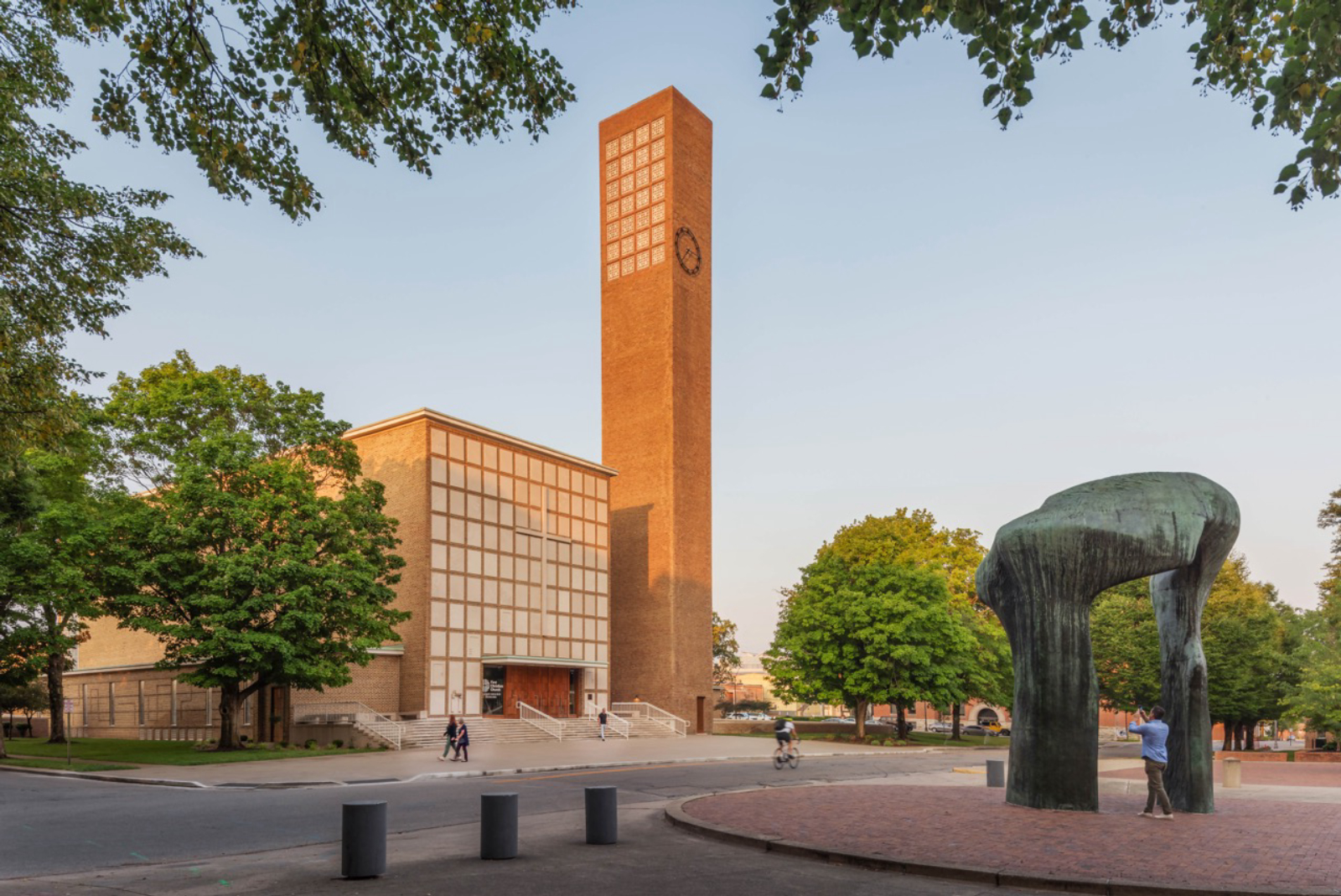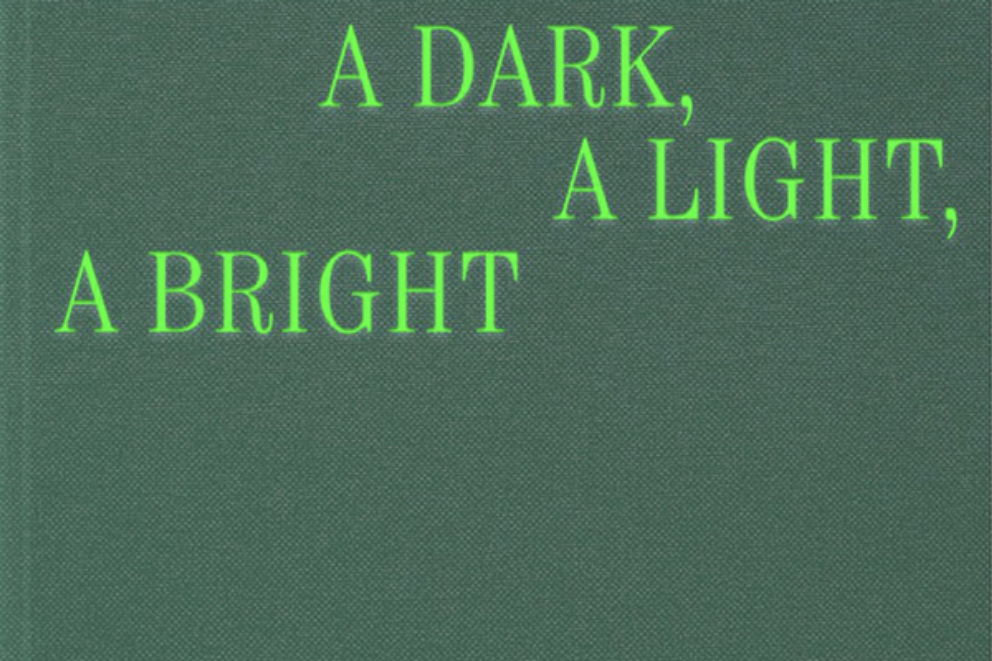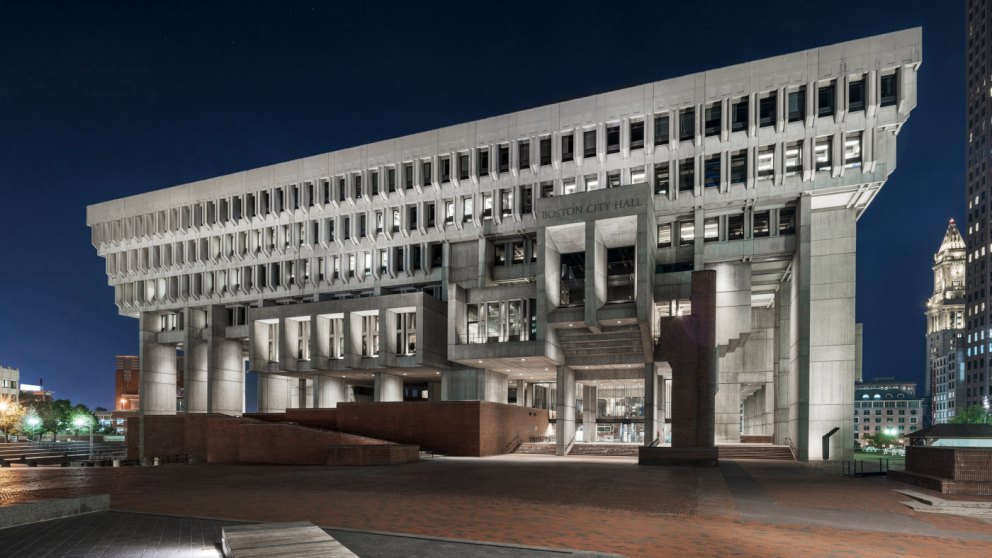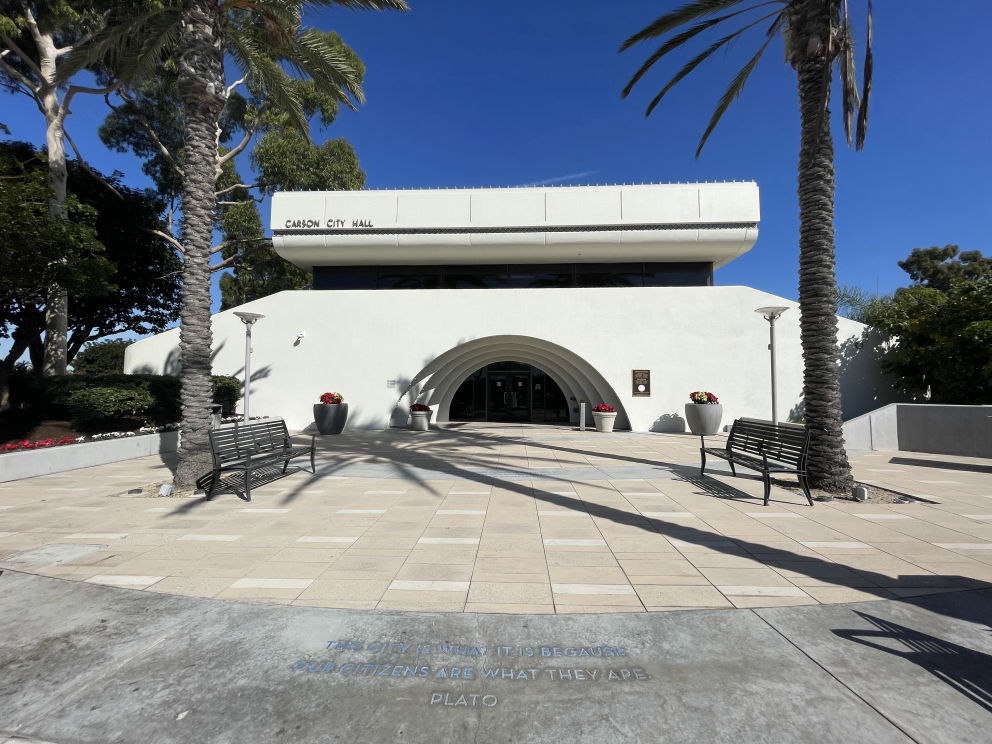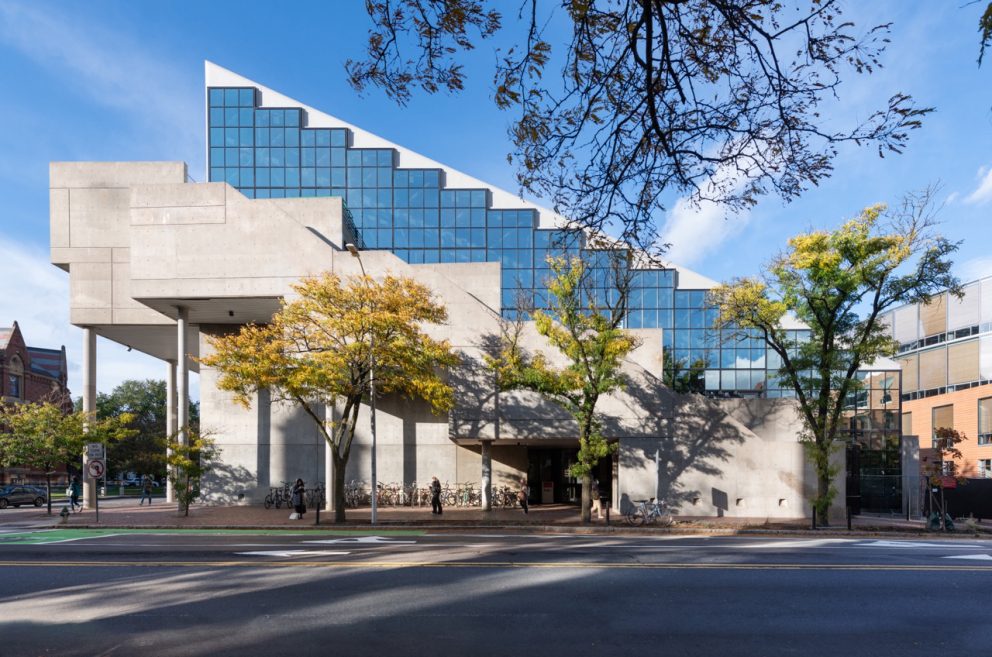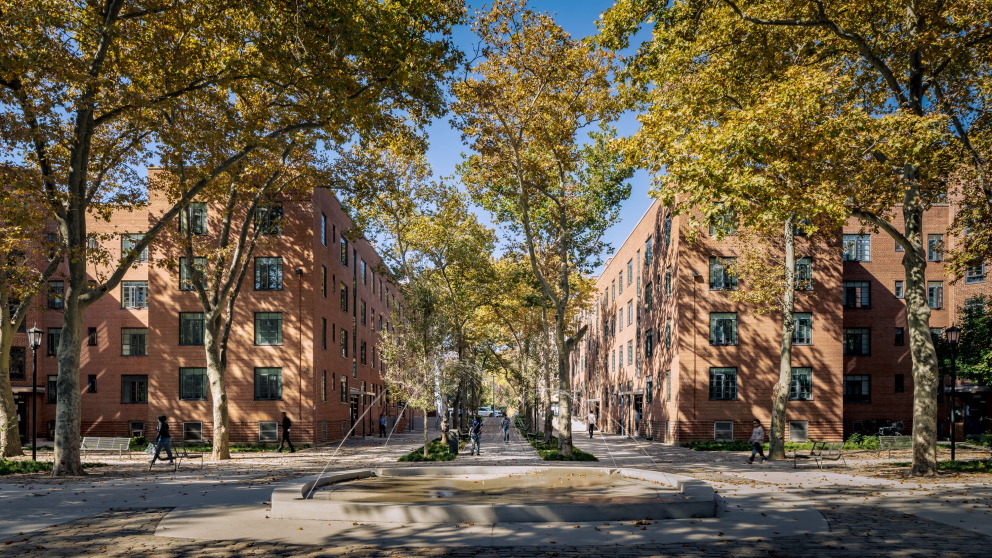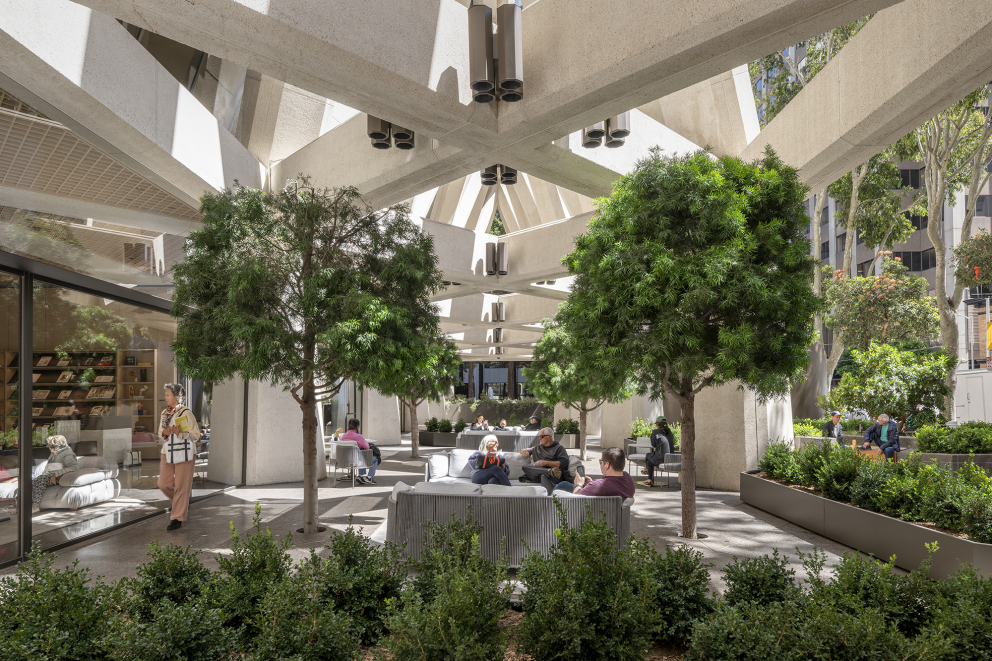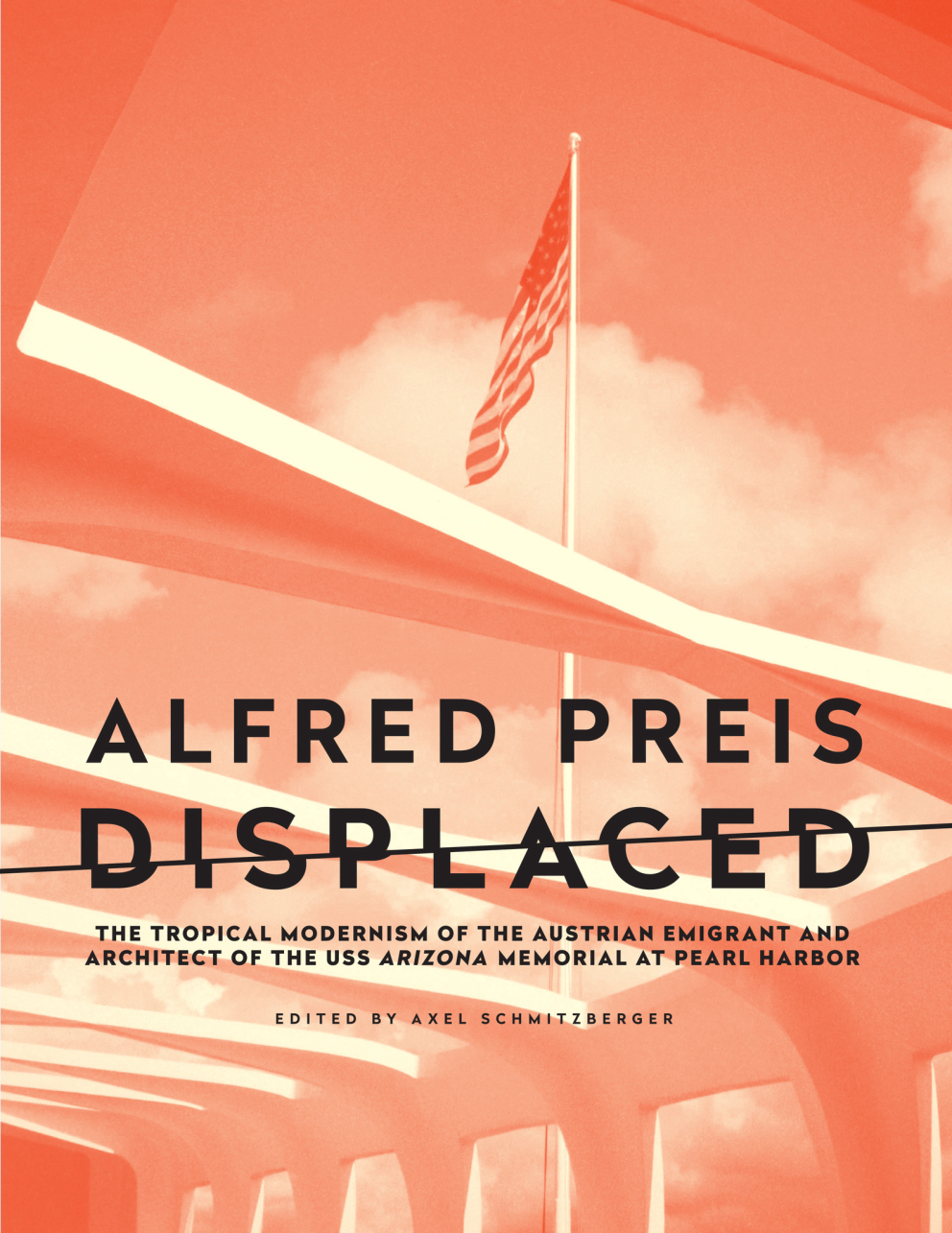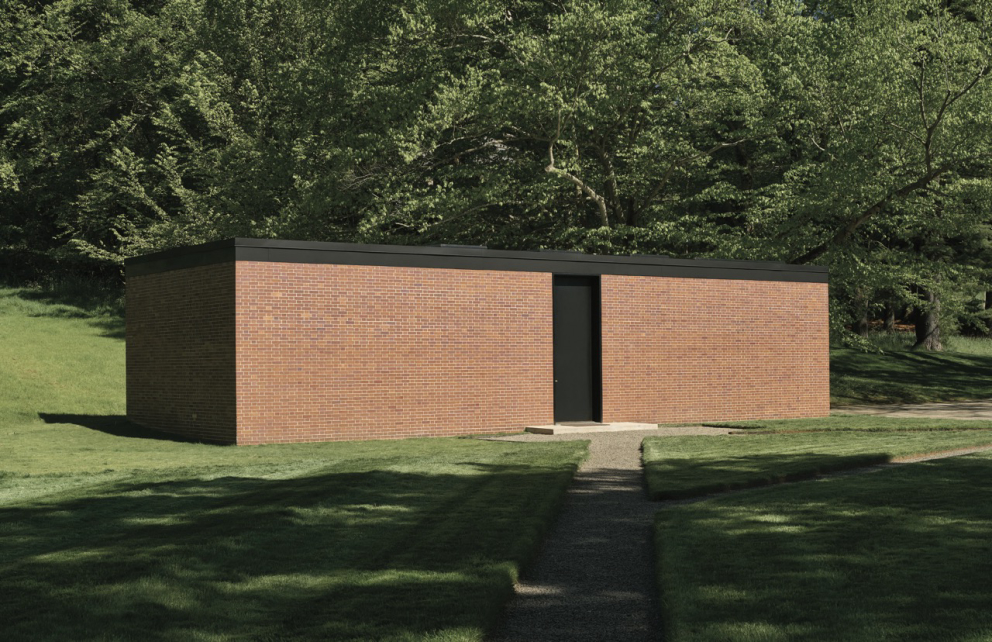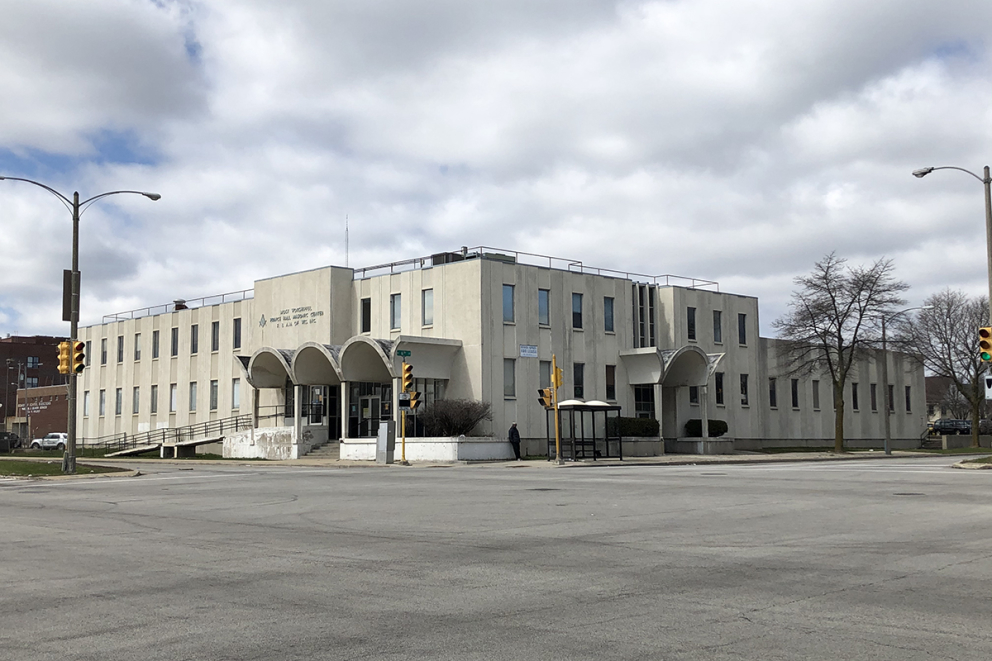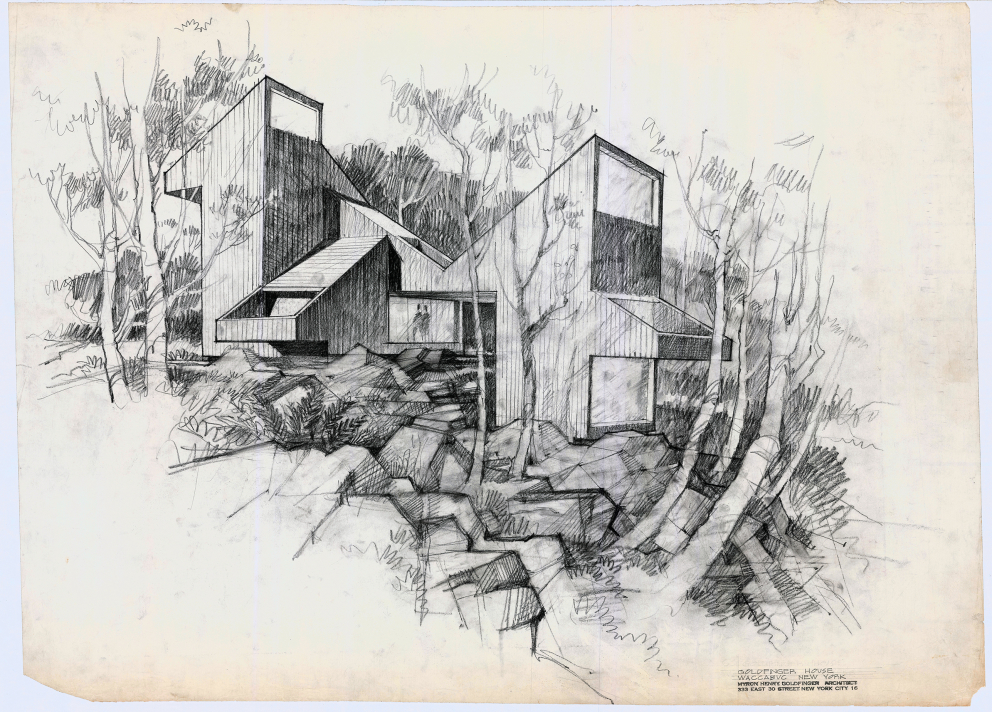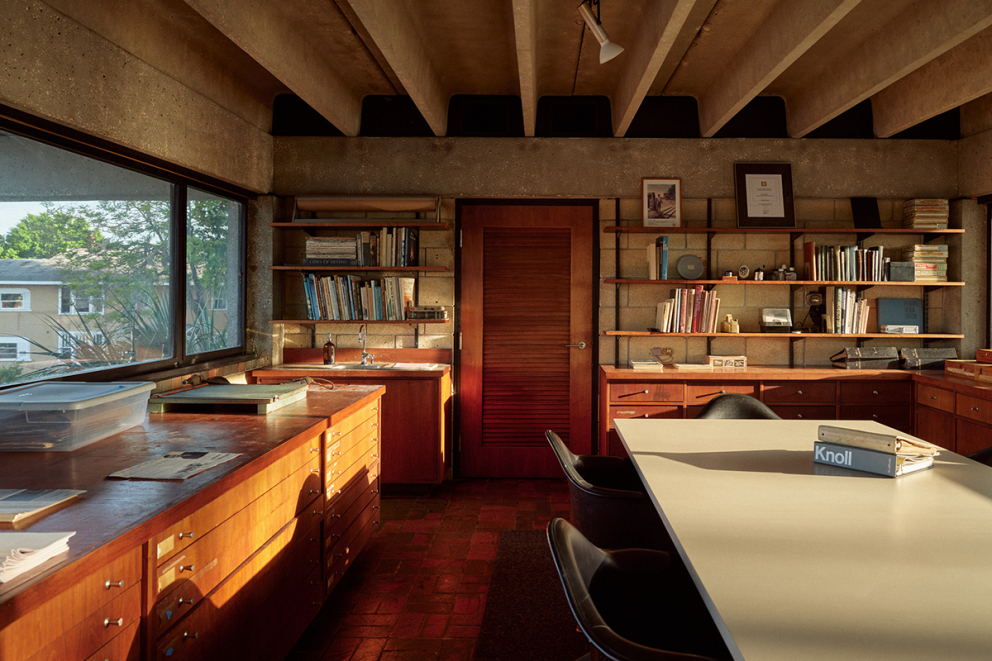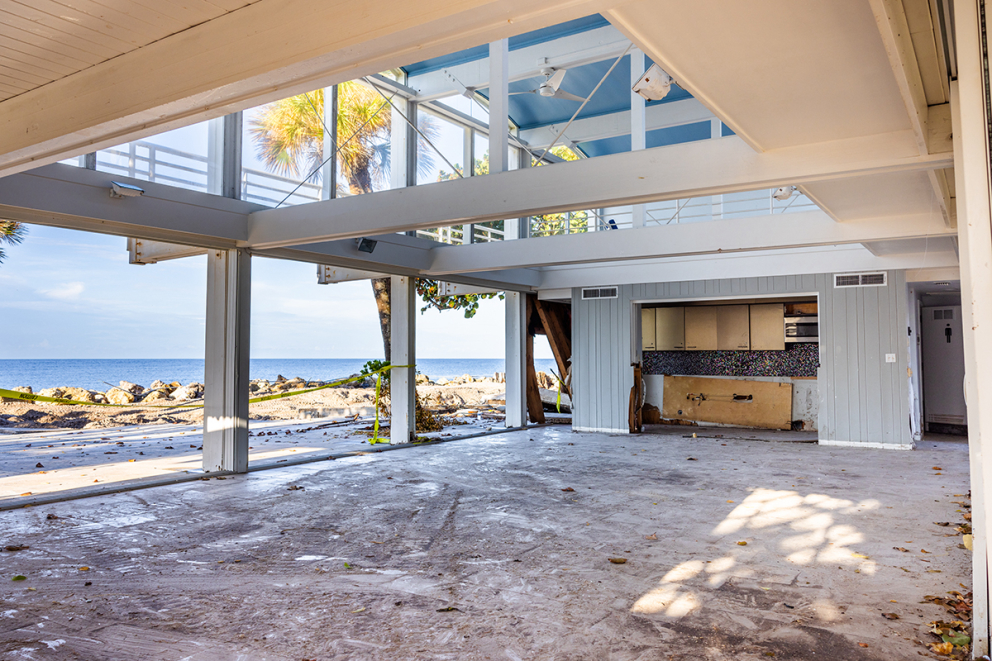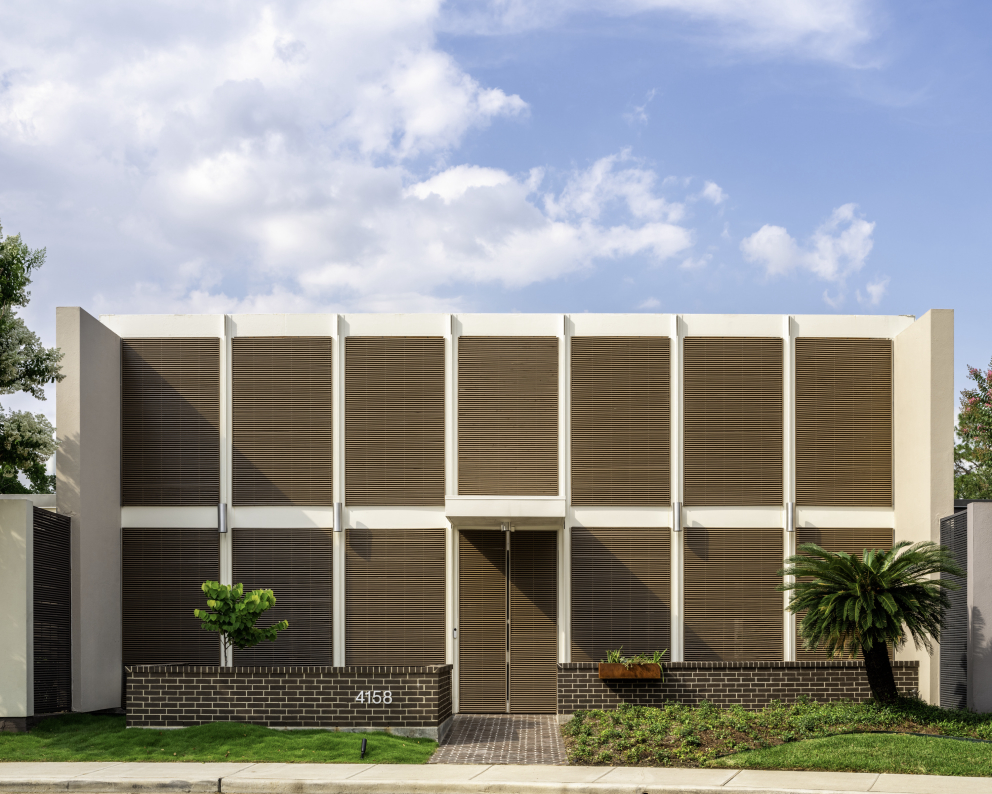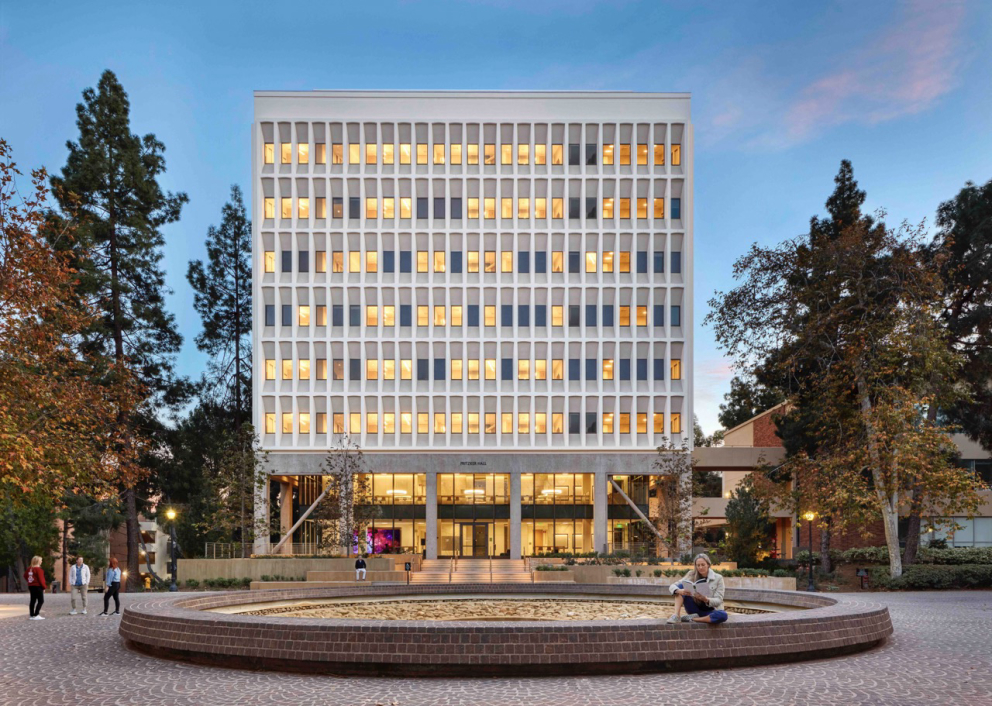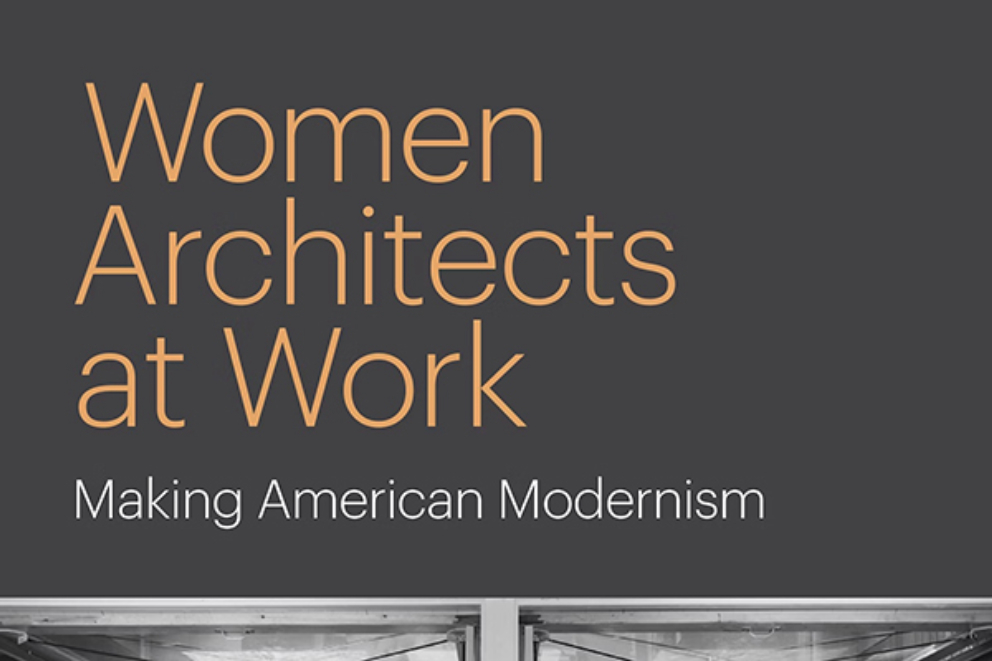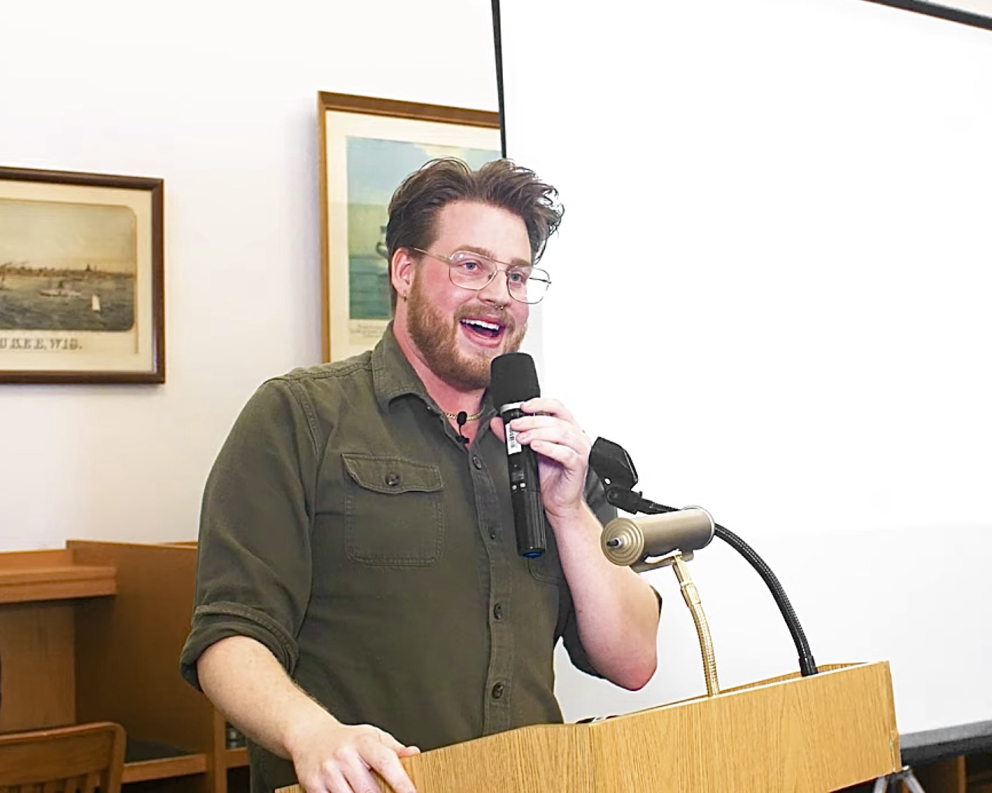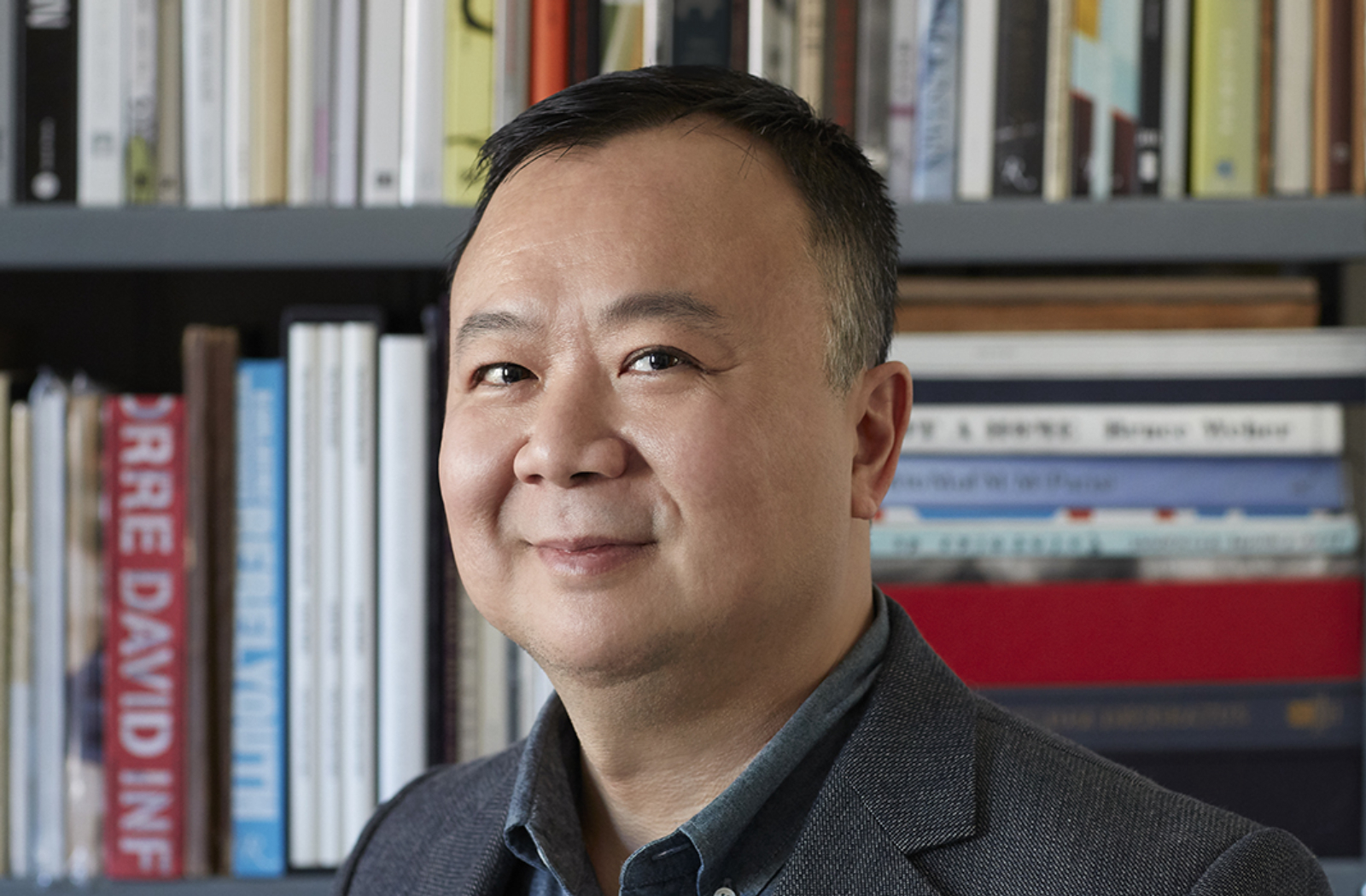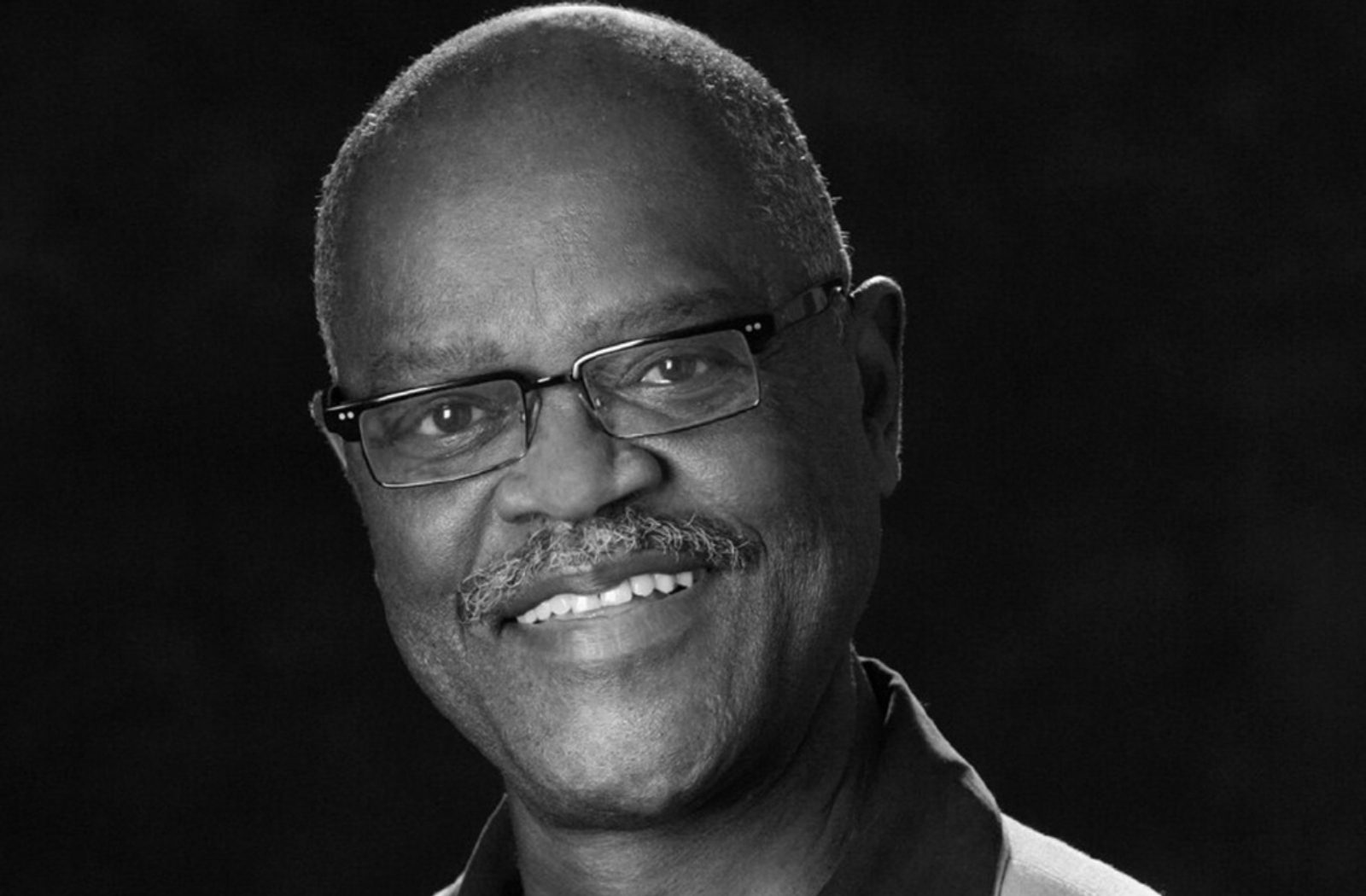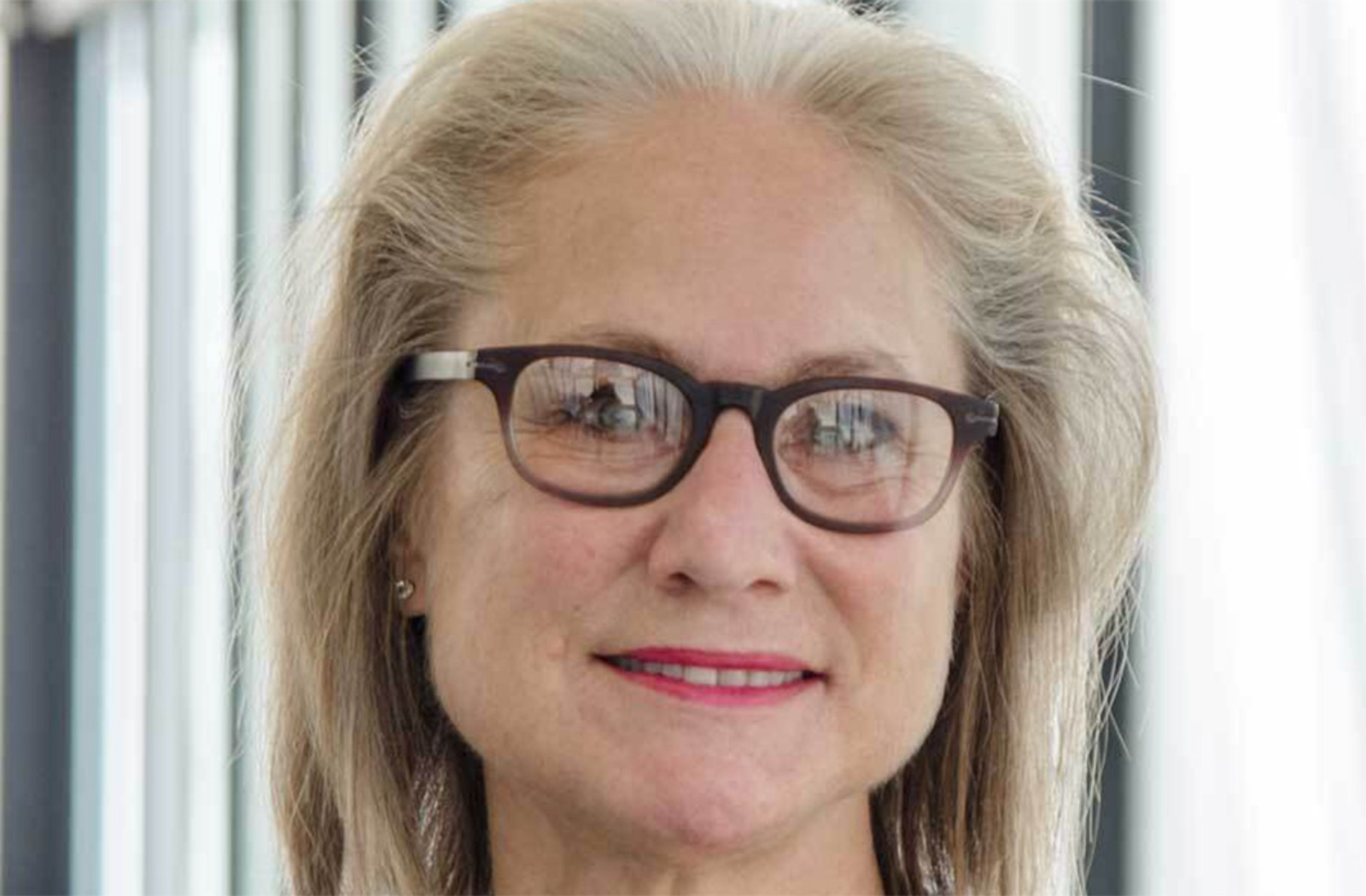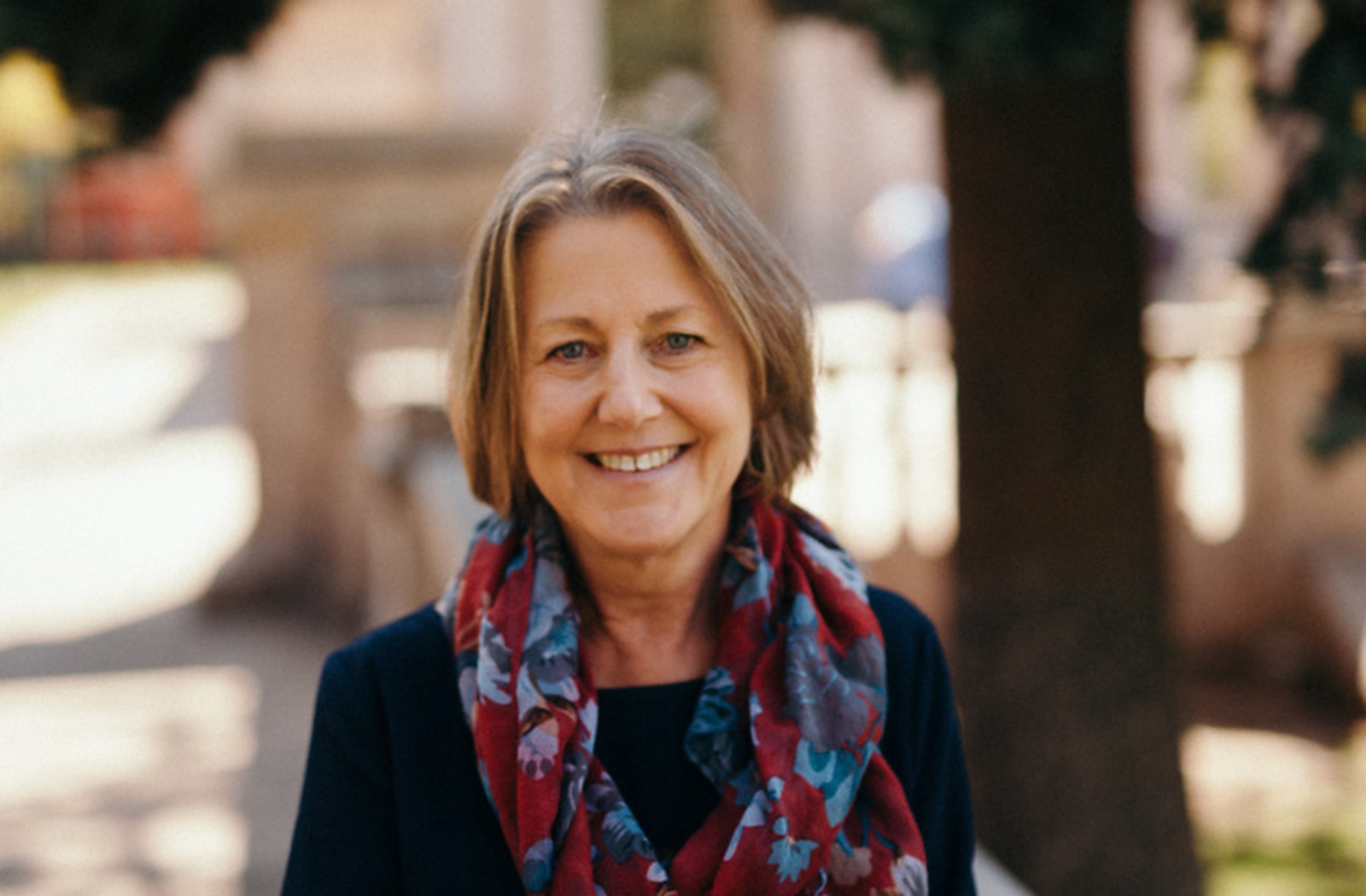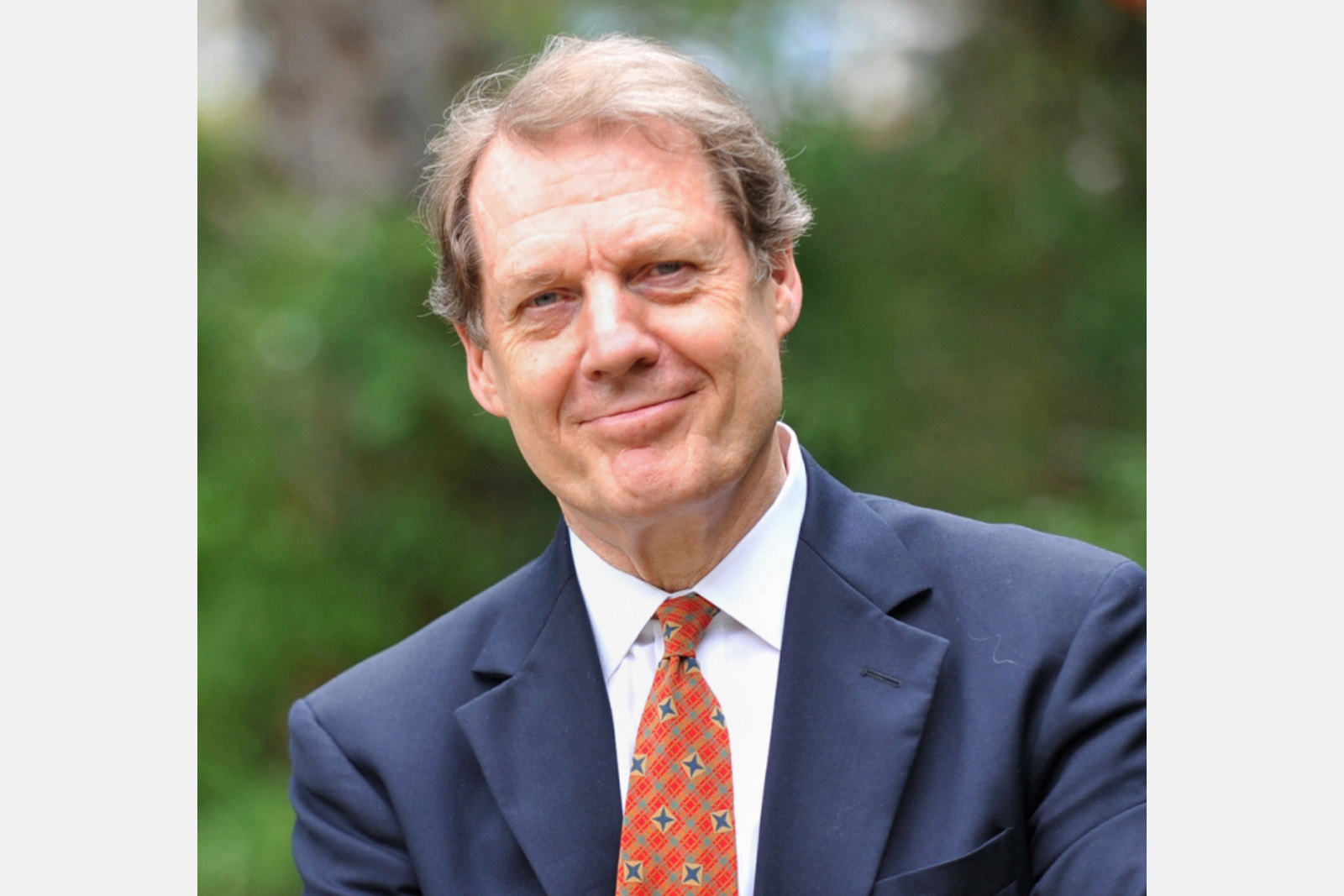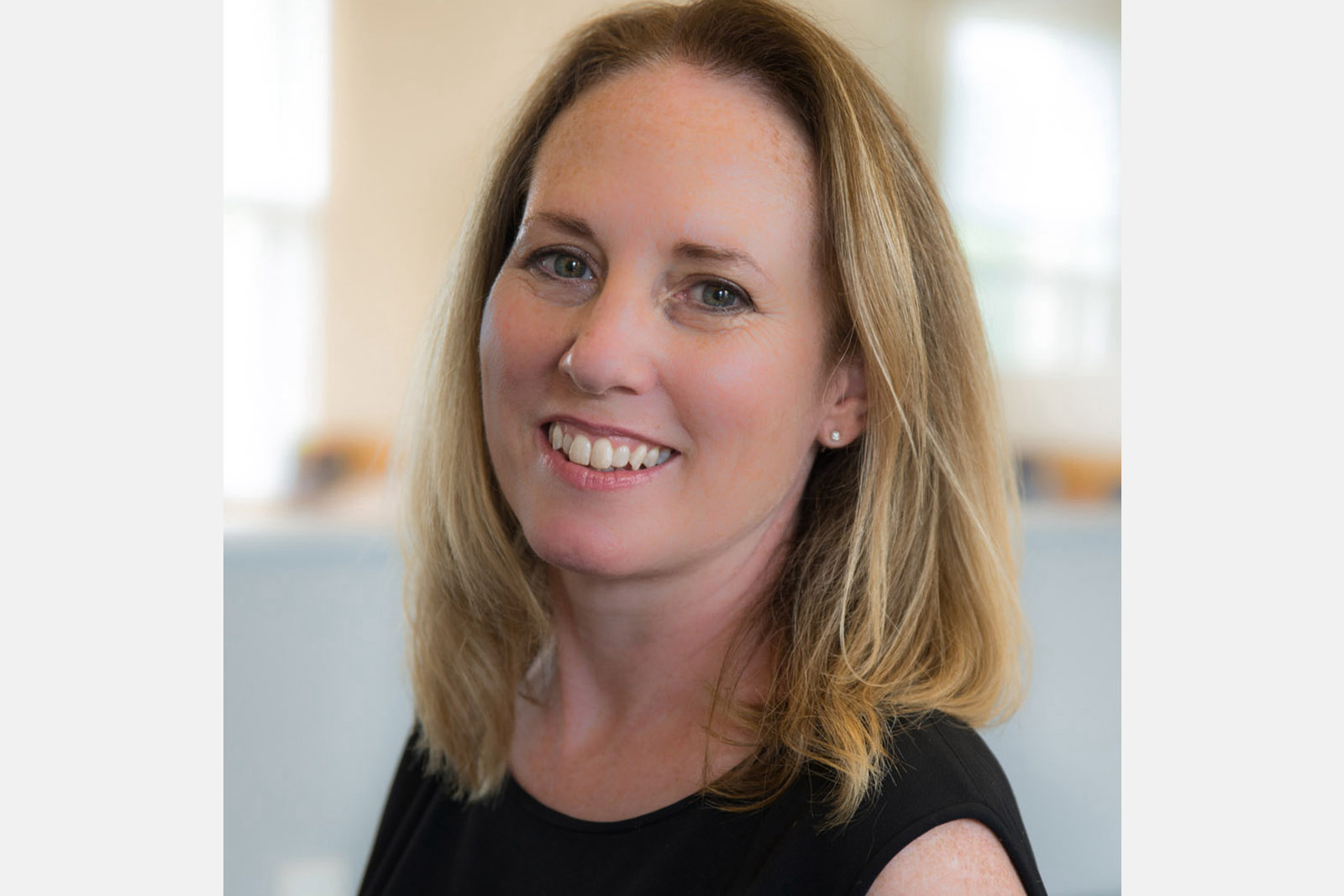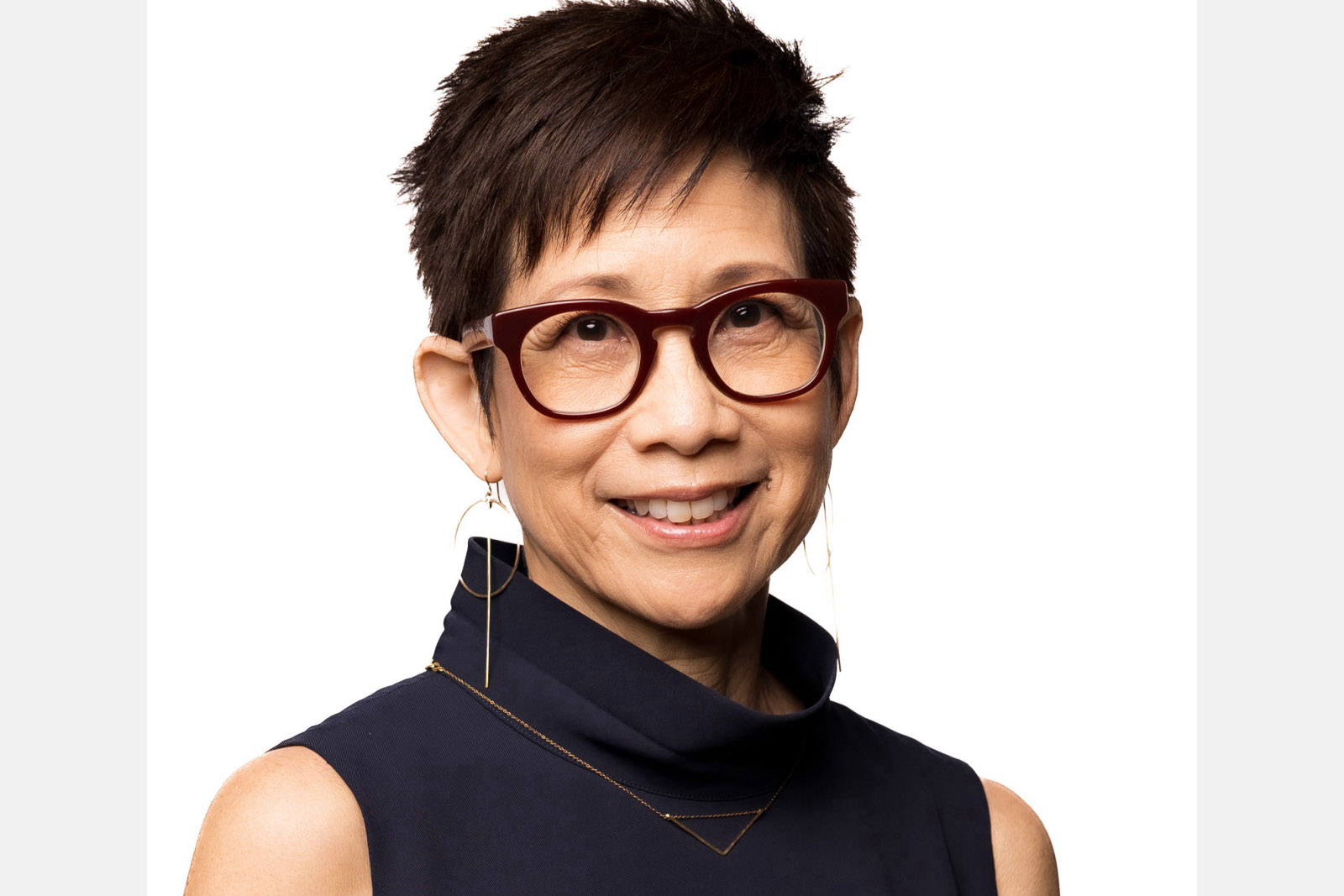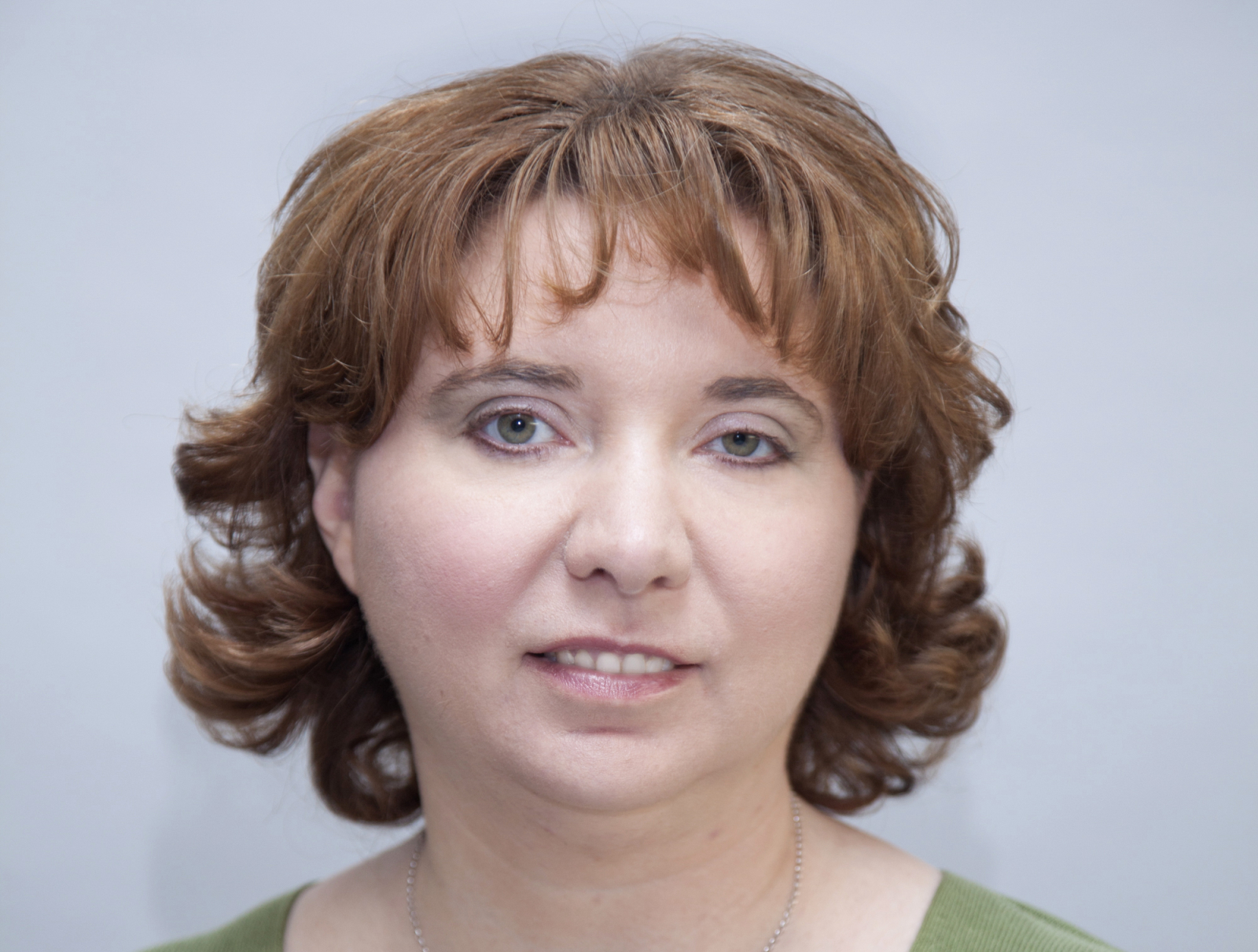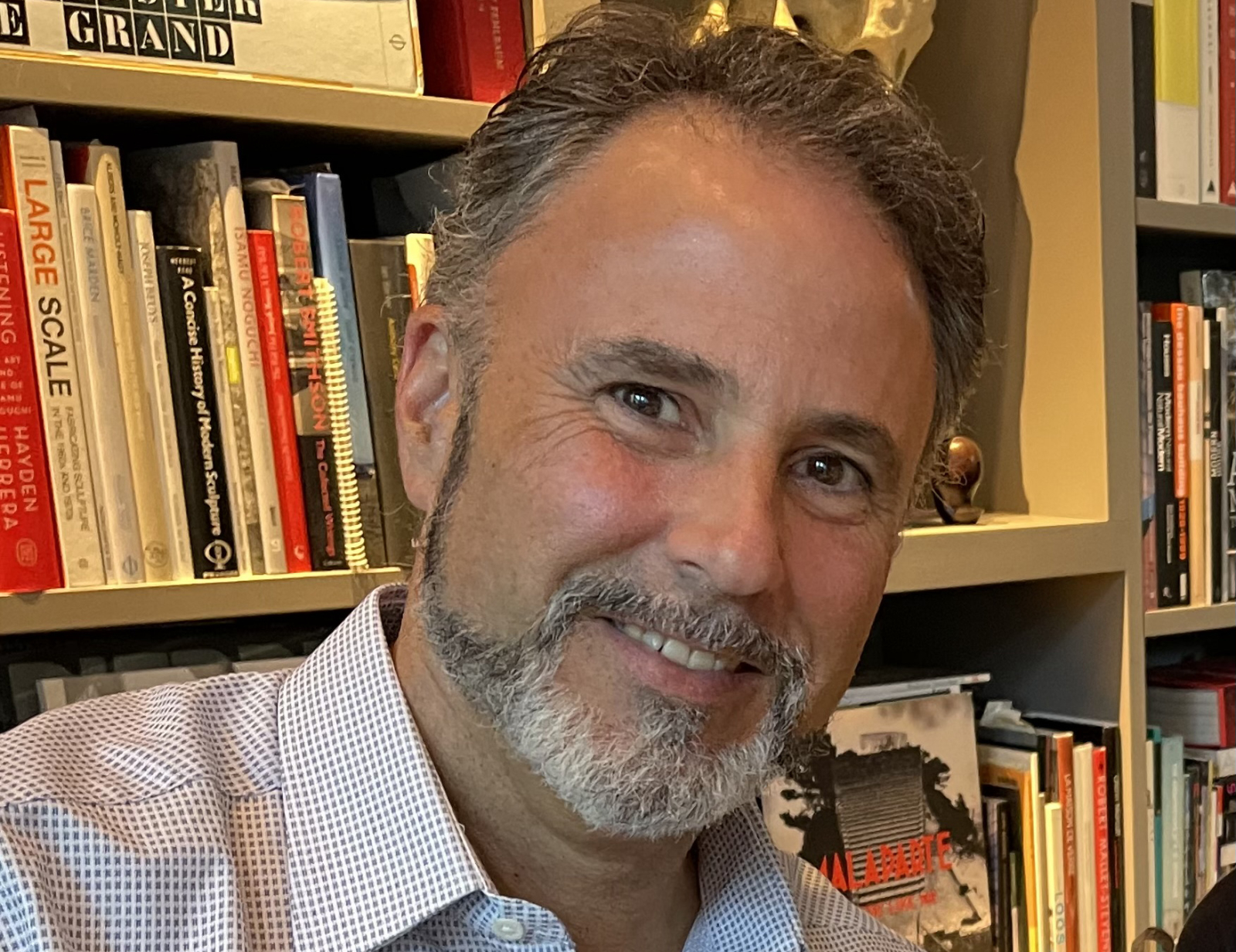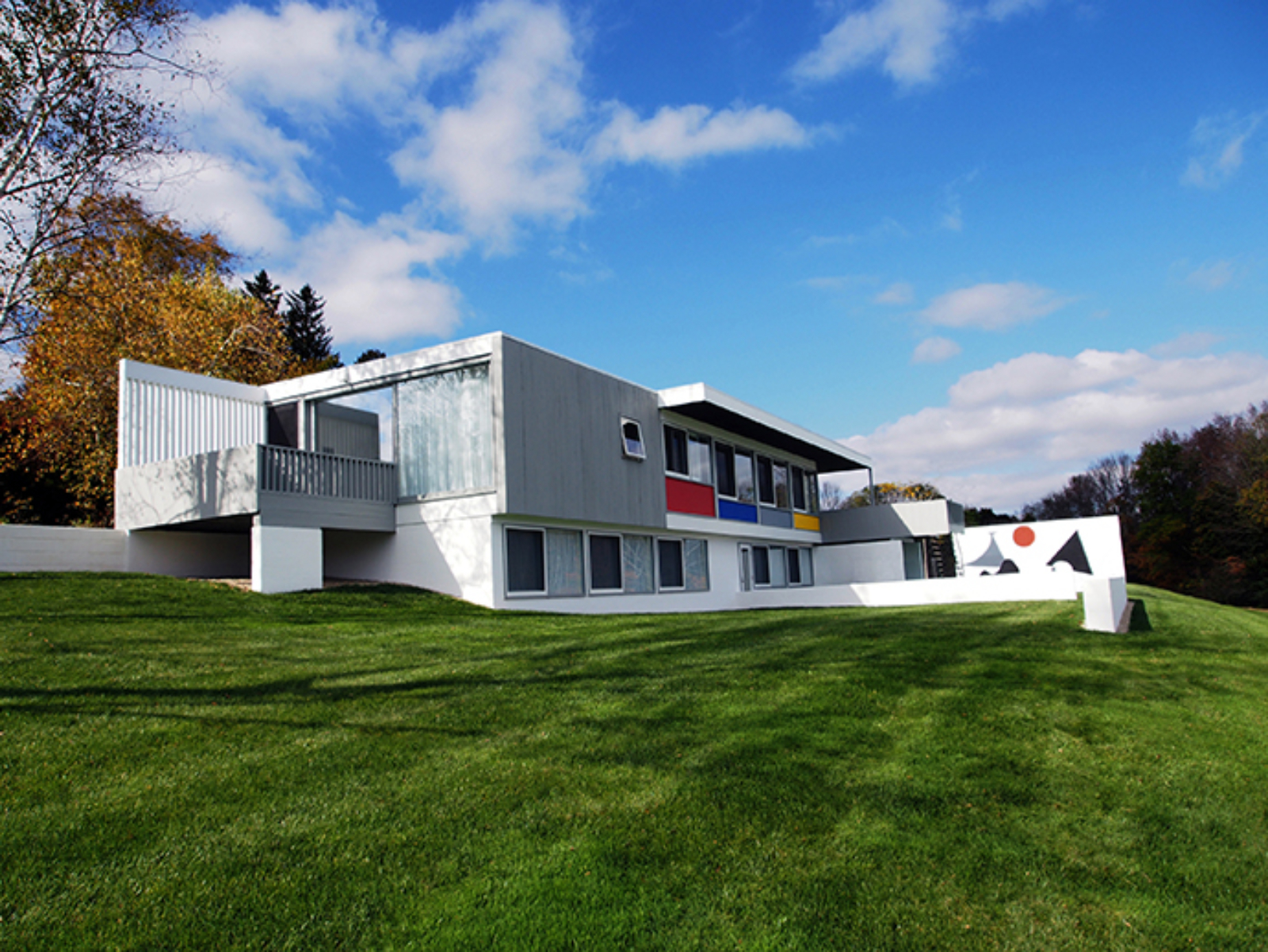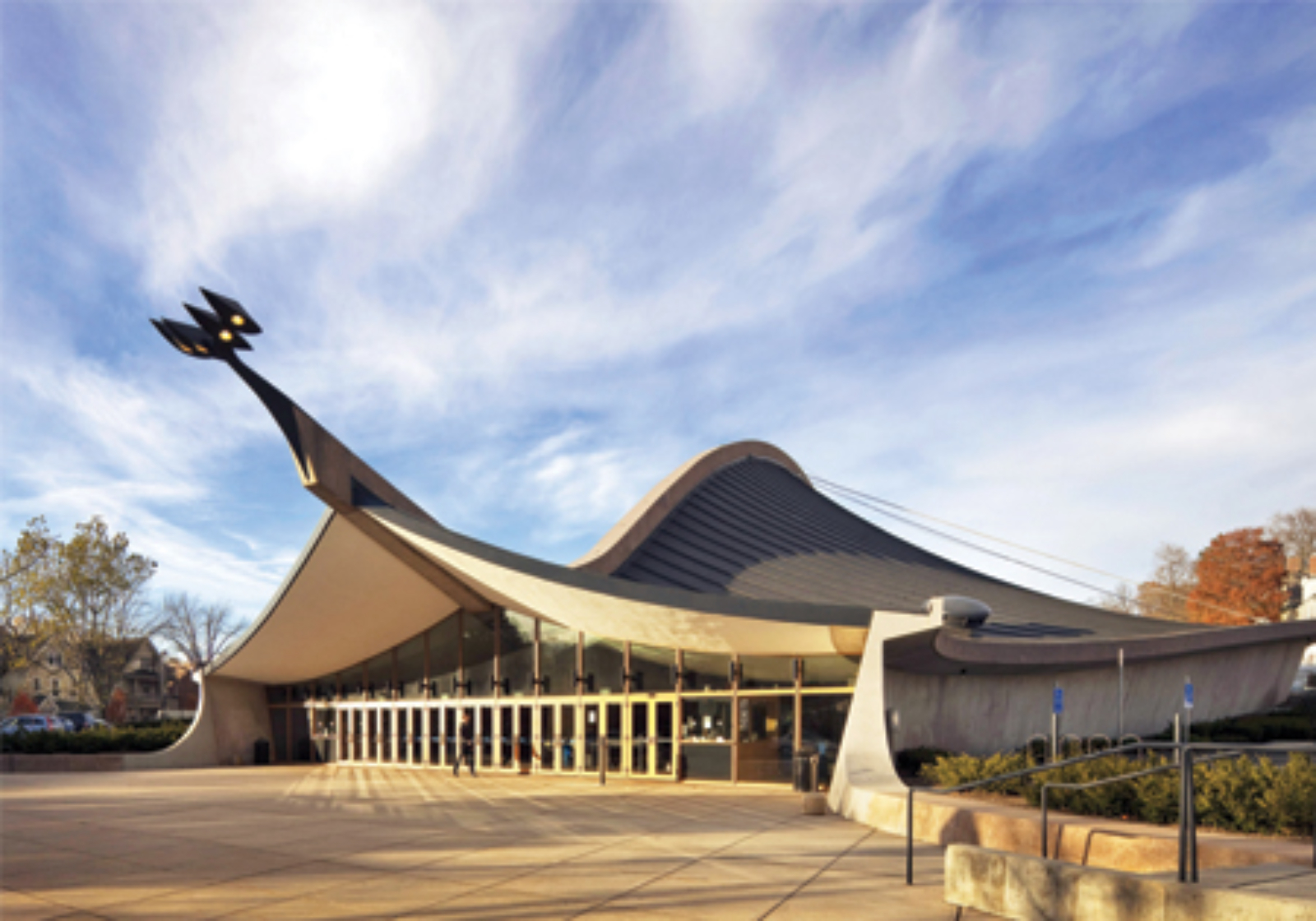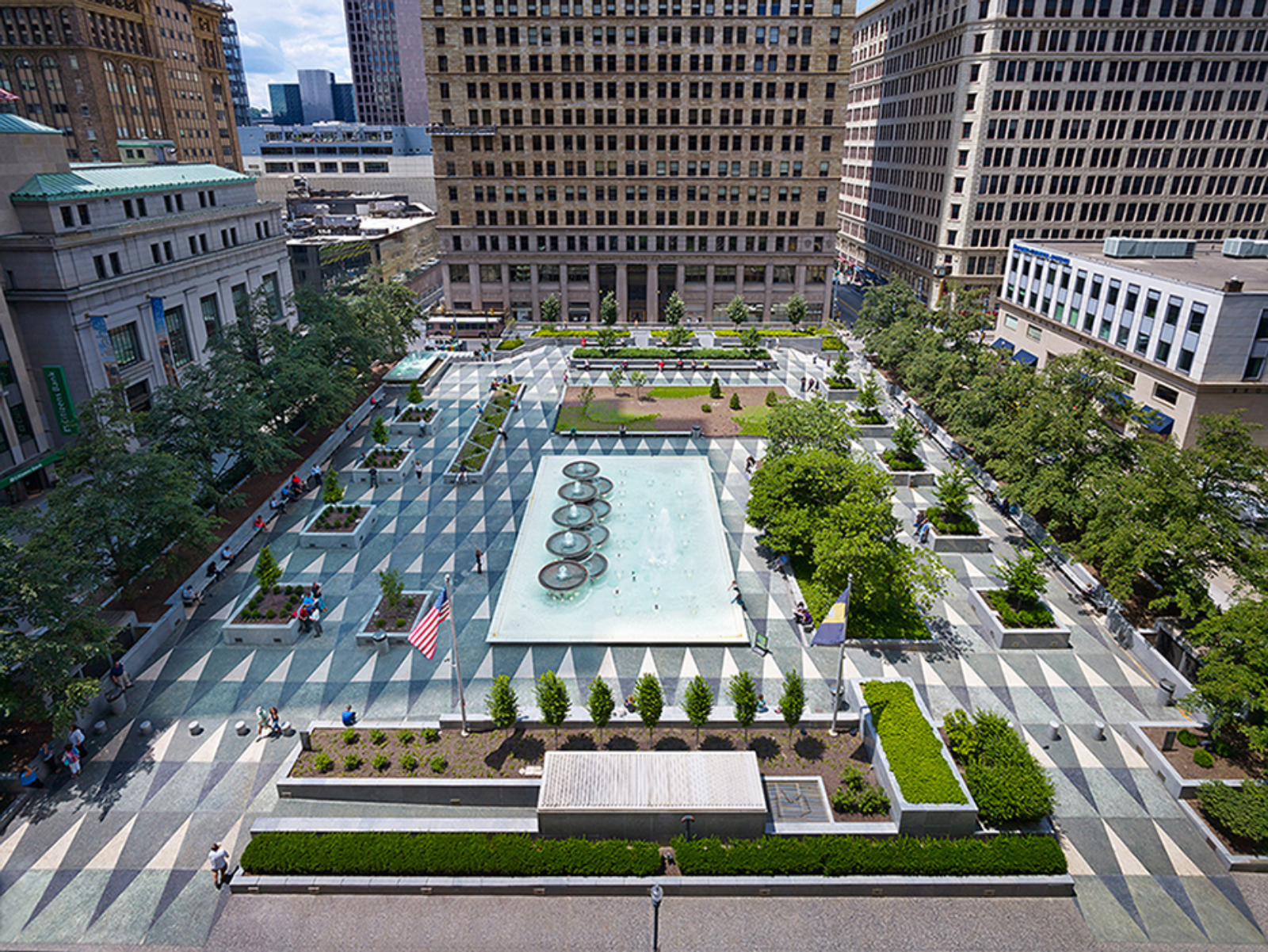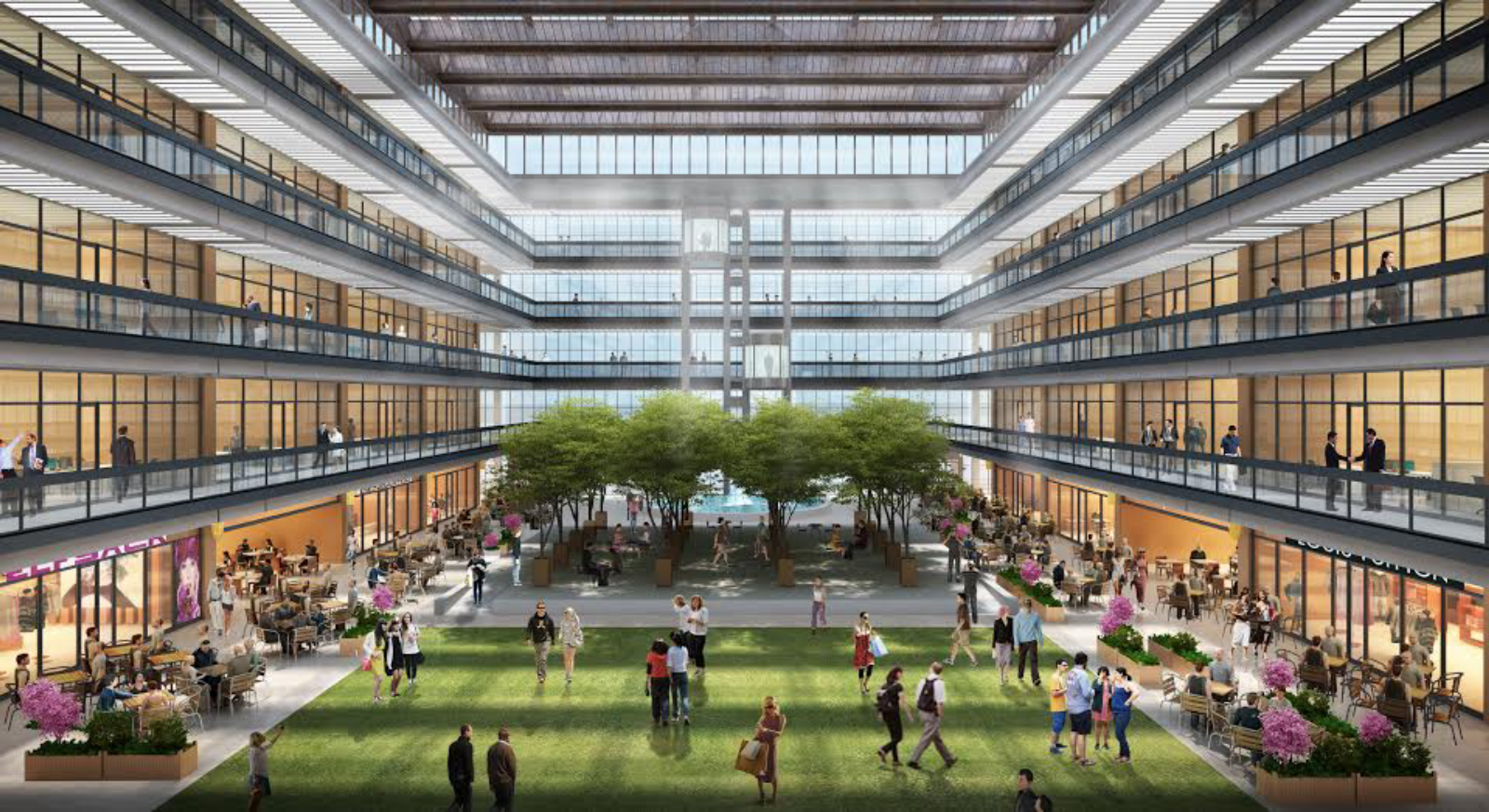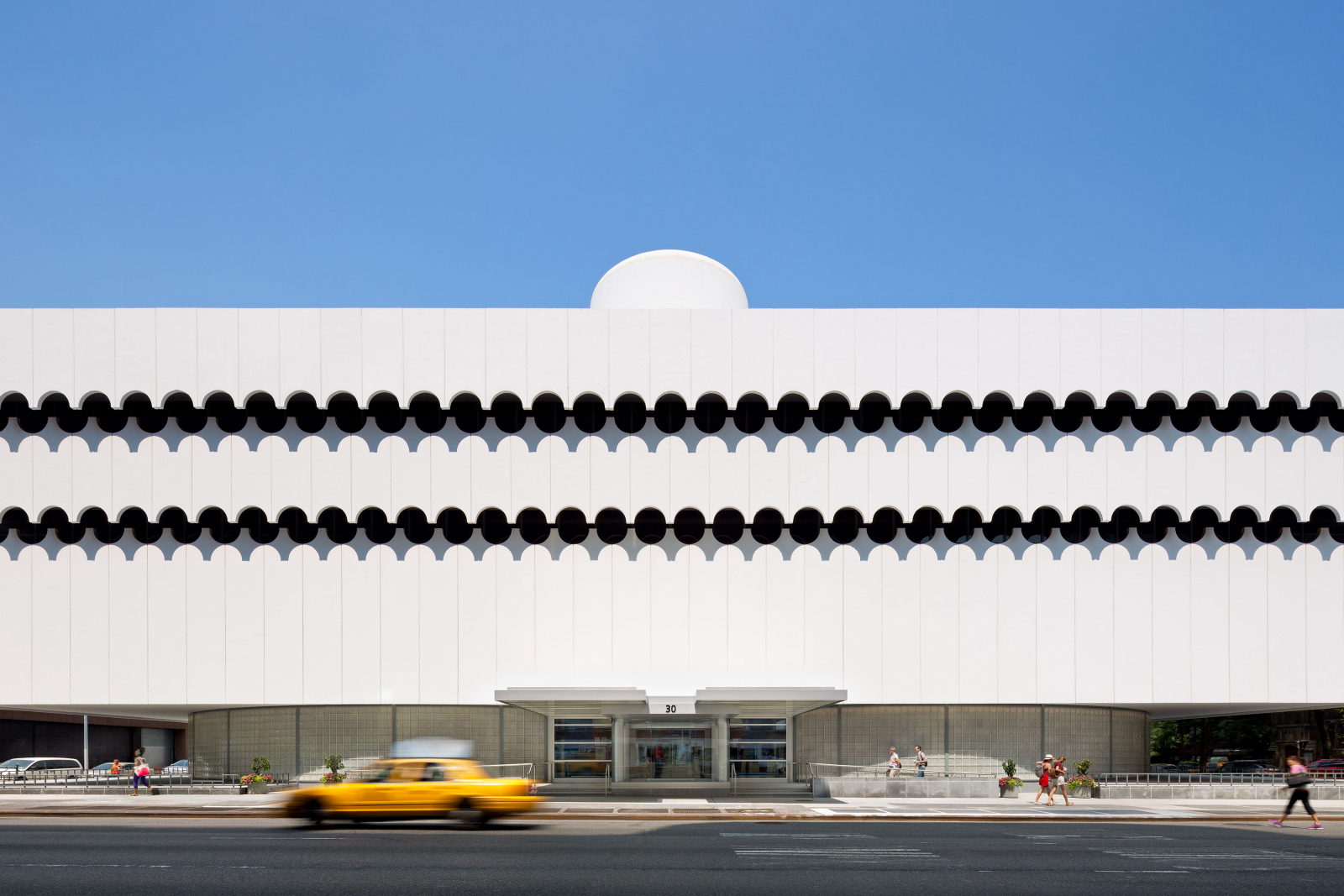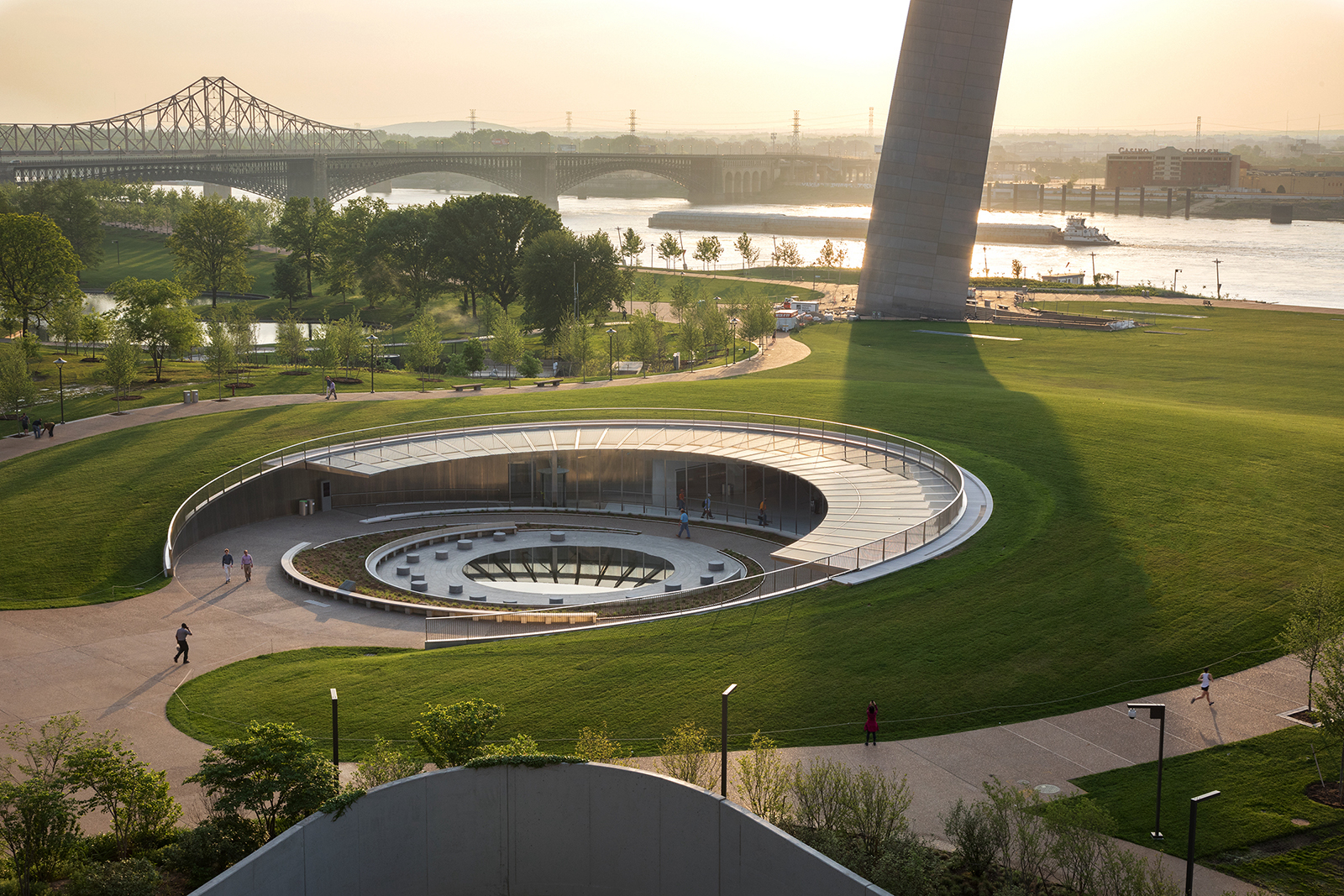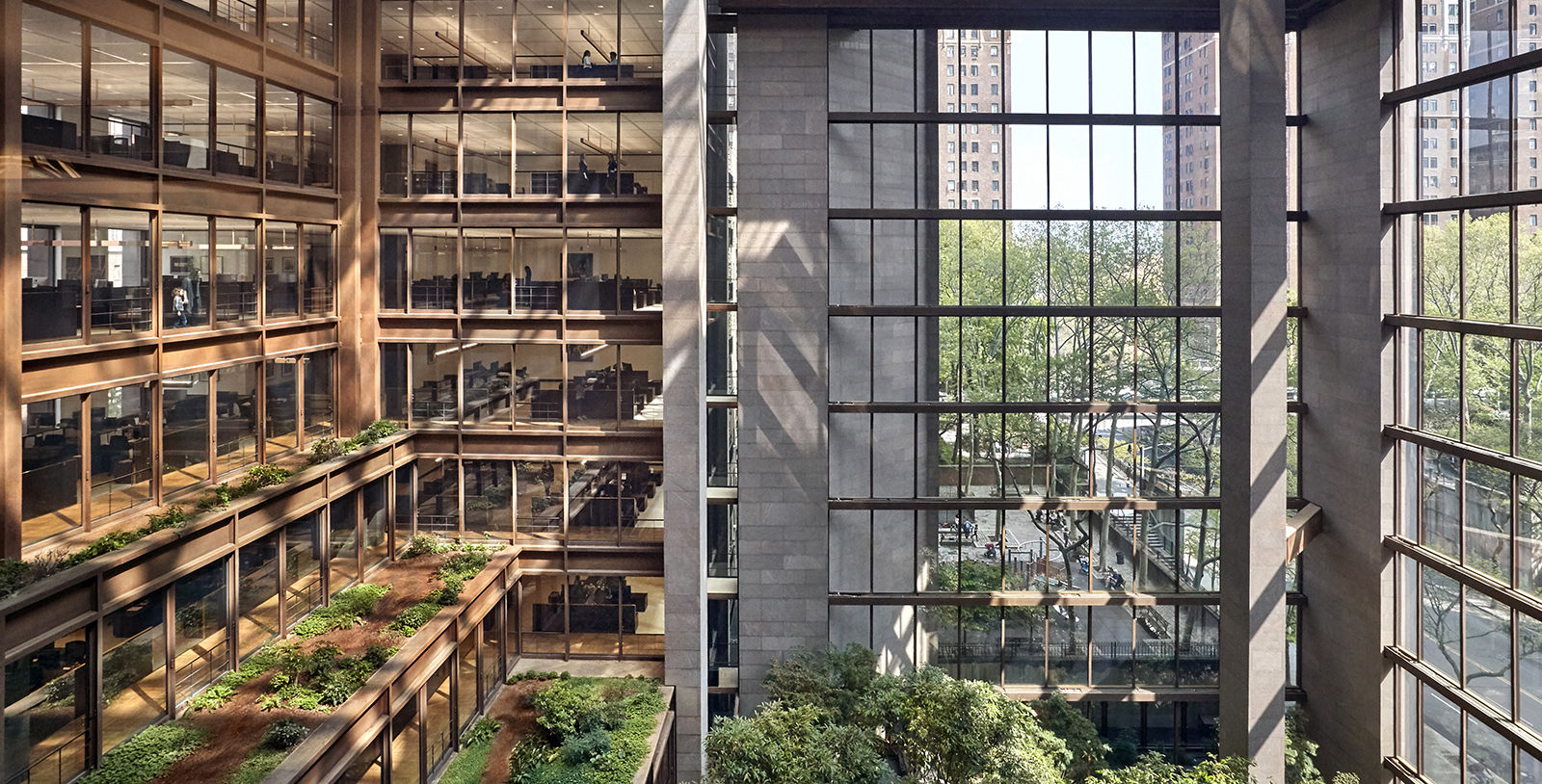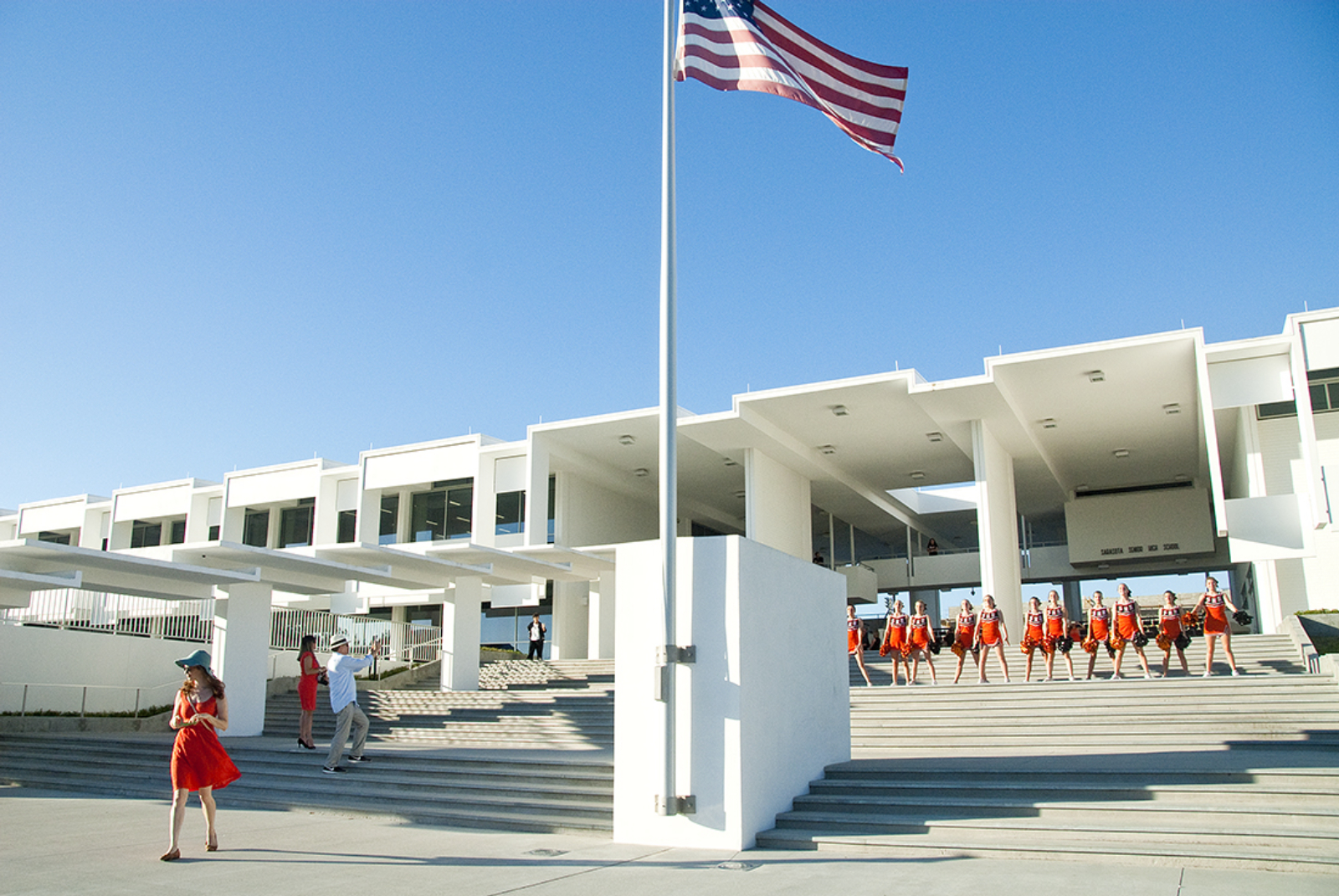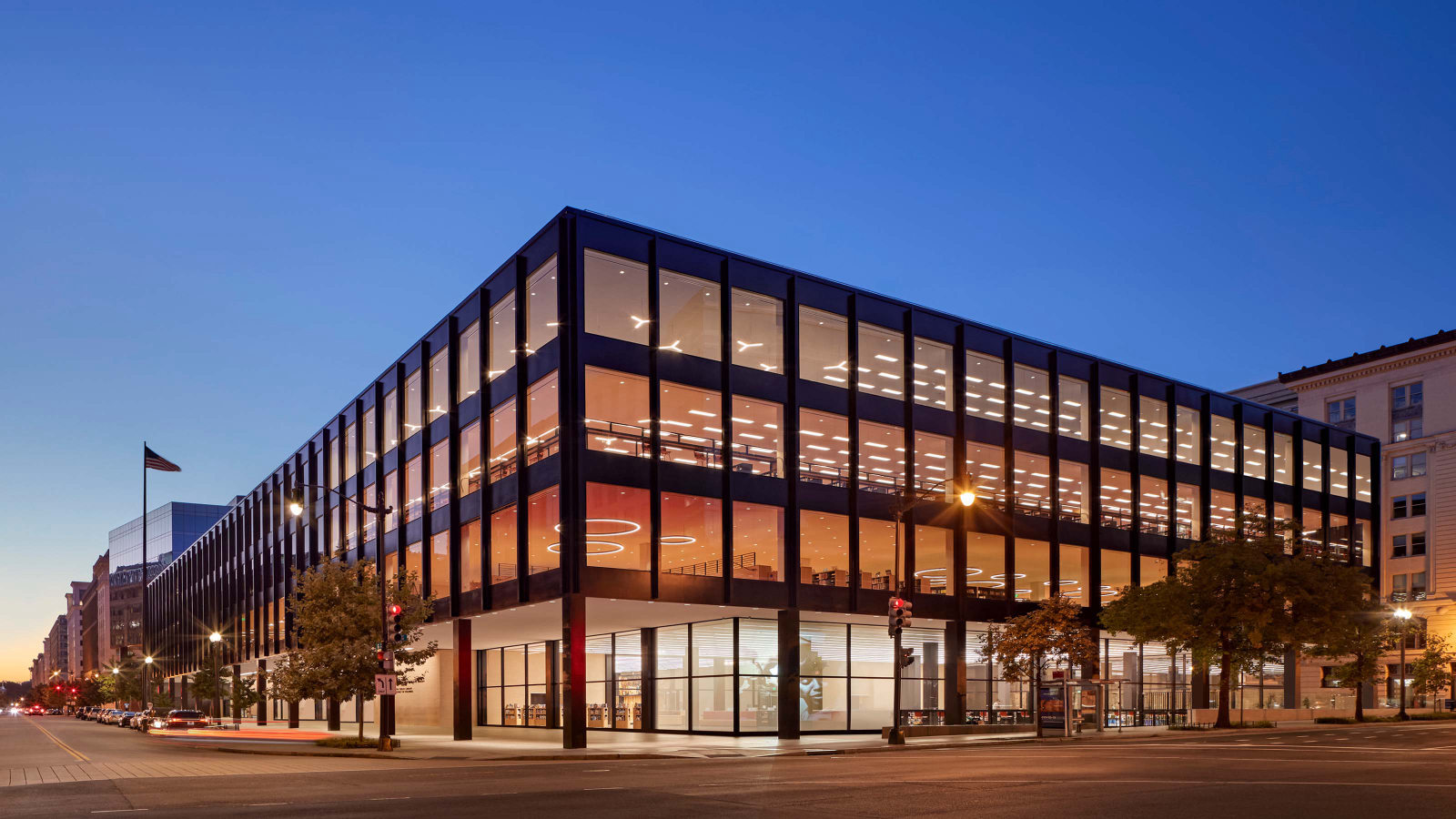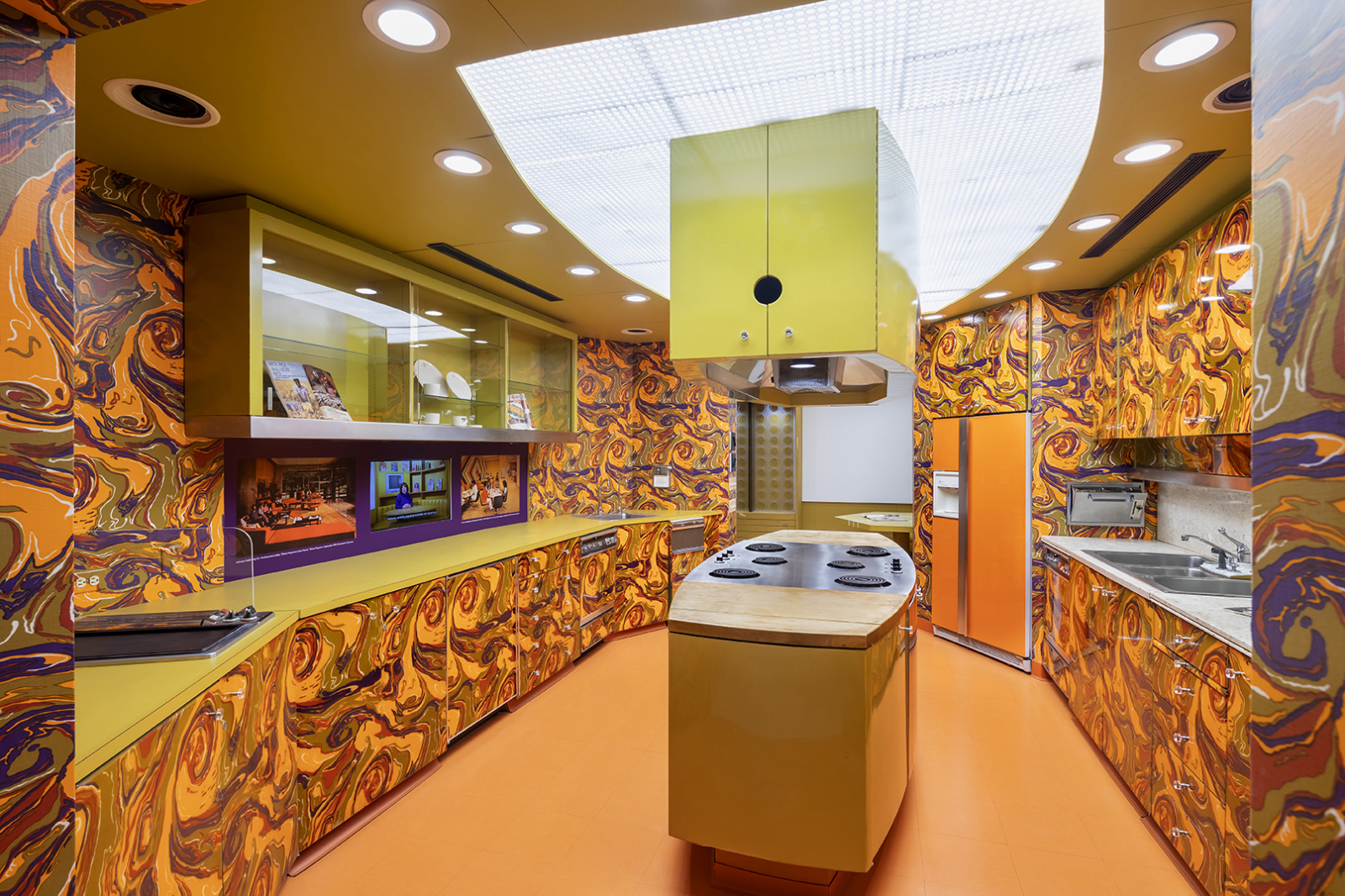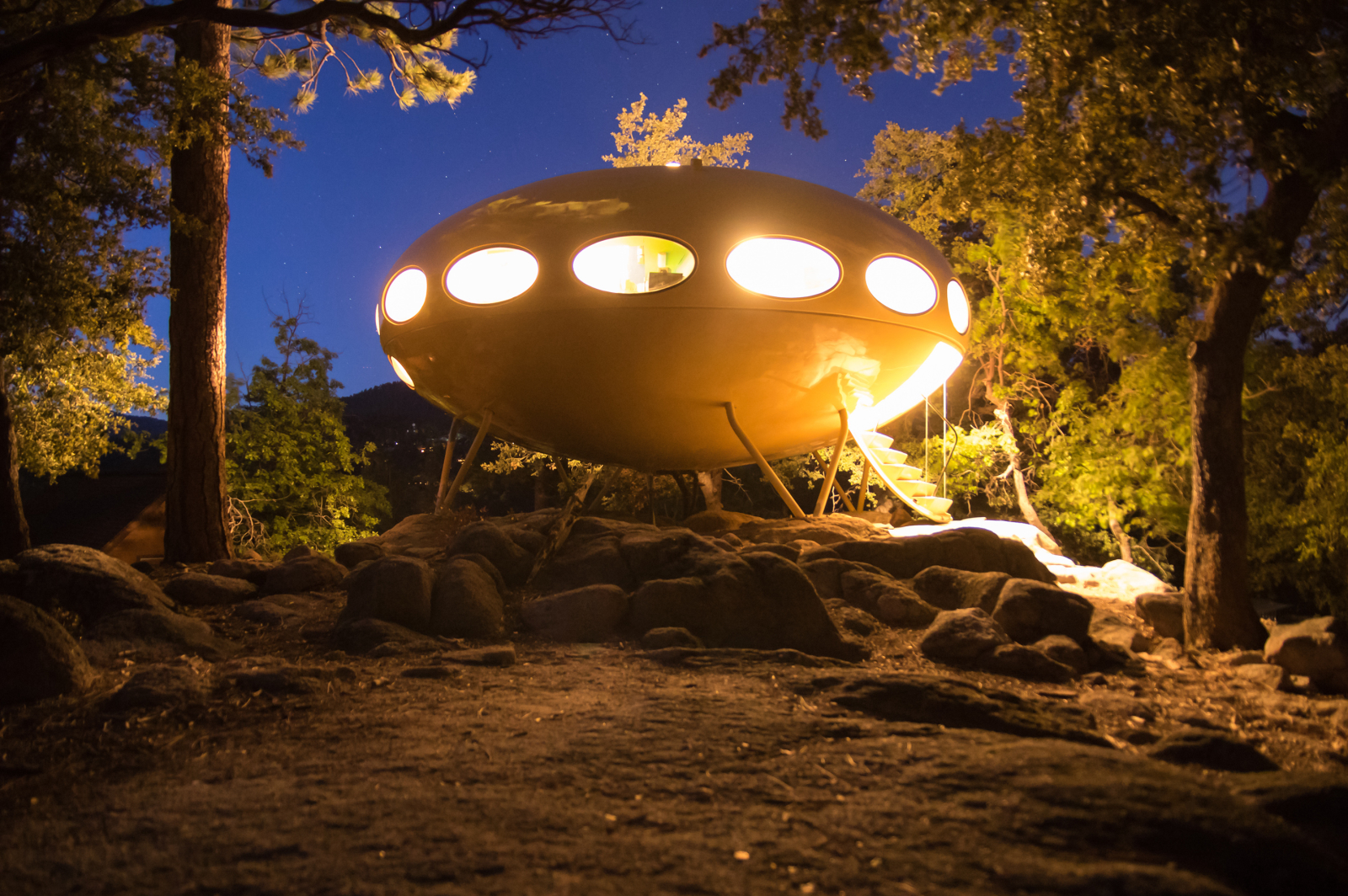Announcing the Winners of the 2025 Modernism in America Awards
Today, Docomomo US announces 18 recipients of the 2025 Modernism in America Awards. Now in its 12th year, the Awards celebrate the documentation, preservation and reuse of Modern buildings, structures and landscapes built in the United States or on U.S. territory and recognize building owners, design teams, individuals, and preservation organizations that have made significant efforts to retain, restore, and advocate for the aesthetic and cultural value of such places.
This year’s Modernism in America Awards highlight the enduring power of excellence in design and the ability of historic preservation to respond to the evolving needs of society. The preservation of the Harlem River Houses illustrates how early modern housing models continue to inform conversations about affordability, equity, and livability. The sensitive interventions at Transamerica Pyramid Center speak to improvements in quality of life for the local community and address changing needs of hi-rise office spaces to more multi-use spaces. The restoration of Gund Hall’s curtain wall demonstrates how modern landmarks can improve usability and extend building life while meeting the urgent demands of climate responsibility through thoughtful, sustainable interventions.
The decision of what to preserve often reflects the continuous evolution of culture – shaped by changing values, community needs, environmental and economic factors, and more. After nearly two decades of advocacy, Boston City Hall was finally designated a local landmark, securing its future as a bold and democratic work of Brutalism that remains at the center of the city’s identity. On the opposite side of the spectrum, the quick and decisive response to preserve Central City Plaza in Wisconsin, designed by Black architect Alonzo Robinson, Jr., reflects an increasing awareness of the urgent need to preserve work of underrepresented architects whose contributions shaped the built environment and their communities in profound ways.
The documentation of Modern historic sites is a fundamental tenant of Docomomo representing the first two letters of our name. Honoring documentation and ongoing research is essential to our work, our collective understanding of modernism, and to ensuring these stories endure and remain accessible to future generations. Making this documentation widely available empowers communities, scholars, and the public to engage with modernism more fully, fosters greater appreciation for underrecognized histories, and strengthens the case for preservation before these resources are potentially lost. This year’s awards cohort includes eight standout documentation projects. A PBS SoCal documentary about The Case Study House Program, and a story map website accompanying a Historic Structure Report of Carson City Hall (designed by Black architect Robert Kennard) are both fun and highly accessible to the public. Two publications being recognized, A Dark, A Light, A Bright: The Designs of Dorothy Liebes and Women Architects at Work: Making American Modernism, provide significant contributions to the growing literature on women in the Modern Movement.
The awardees were selected by a distinguished panel of experts led by jury chair Donna Robertson, FAIA, a professor in the College of Architecture at Illinois Institute of Technology. Tina Bishop, PLA, FASLA, founding principal and partner at Mundus Bishop; Dung Ngo, design writer and founder and editor-in-chief of August Journal; and Walter L. Wilson, FAIA, who was the principal architect for Milwaukee County for more than two decades, round out the jury. Speaking on the Awards, Robertson noted that “This year’s Modernism in America Award winners remind us that Modern architecture is not only about bold design, but also about the stories, communities, and values these places represent.”
Speaking on the impact of the Awards program, Docomomo US Board Member and Awards Committee Chair Meredith Arms Bzdak noted, “The projects recognized this year remind us that modernism was never one-dimensional and show us how modern Modern design continues to shape daily life. What stands out is the dedication to not just restoring buildings, but to renewing their purpose for today’s communities.” Docomomo US Executive Director Liz Waytkus concurred and emphasized “the extraordinary range of work evident in this year’s honorees underscore how preservation can embrace both technical complexity and social impact. We see teams grappling with advanced curtain wall systems and seismic retrofits, but also with questions of equity, representation, and cultural memory.”
